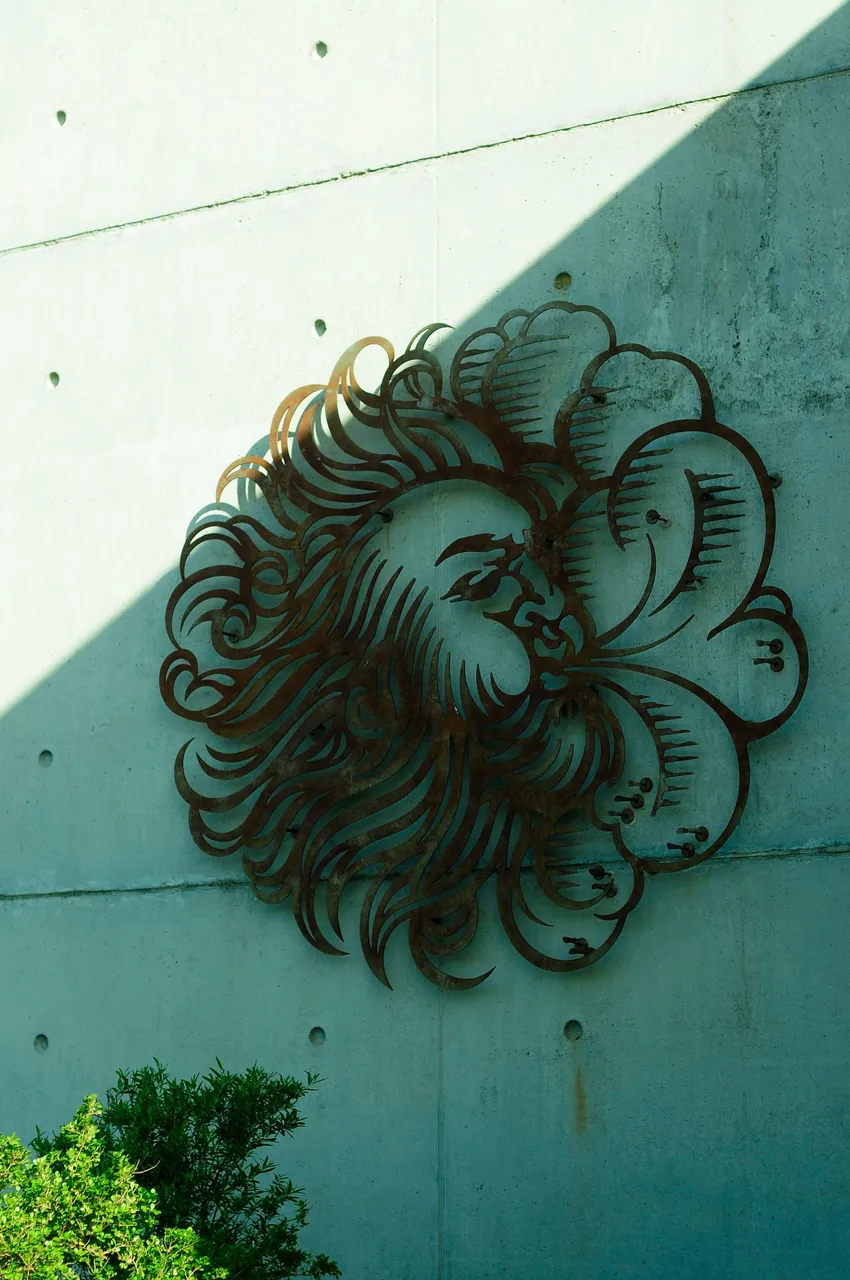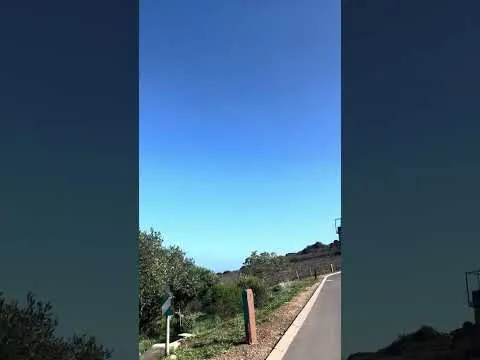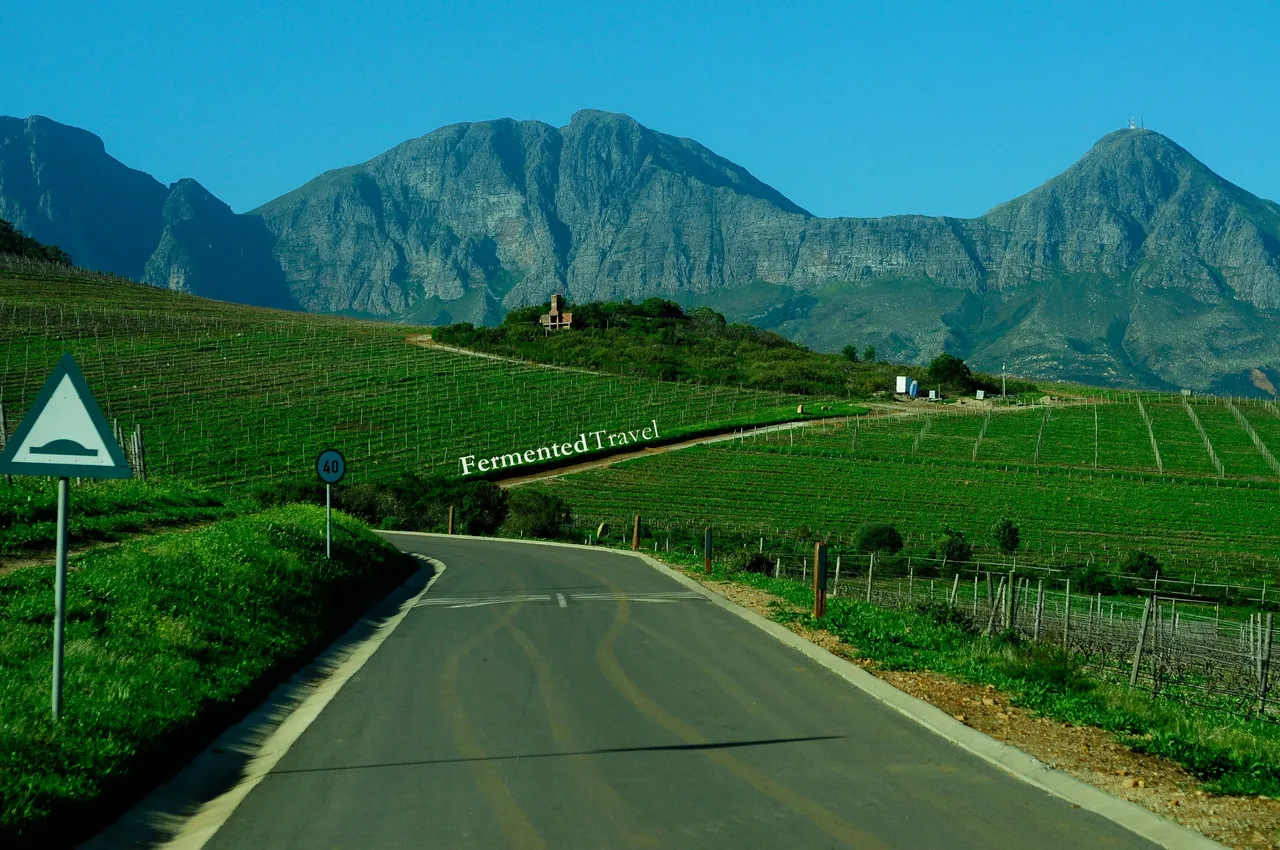
between mountains
ripped apart
fynbos grow alongside vineyards
where we can remain youthful
in our ignorance
***
Waterkloof Wines, Somerset West, South Africa
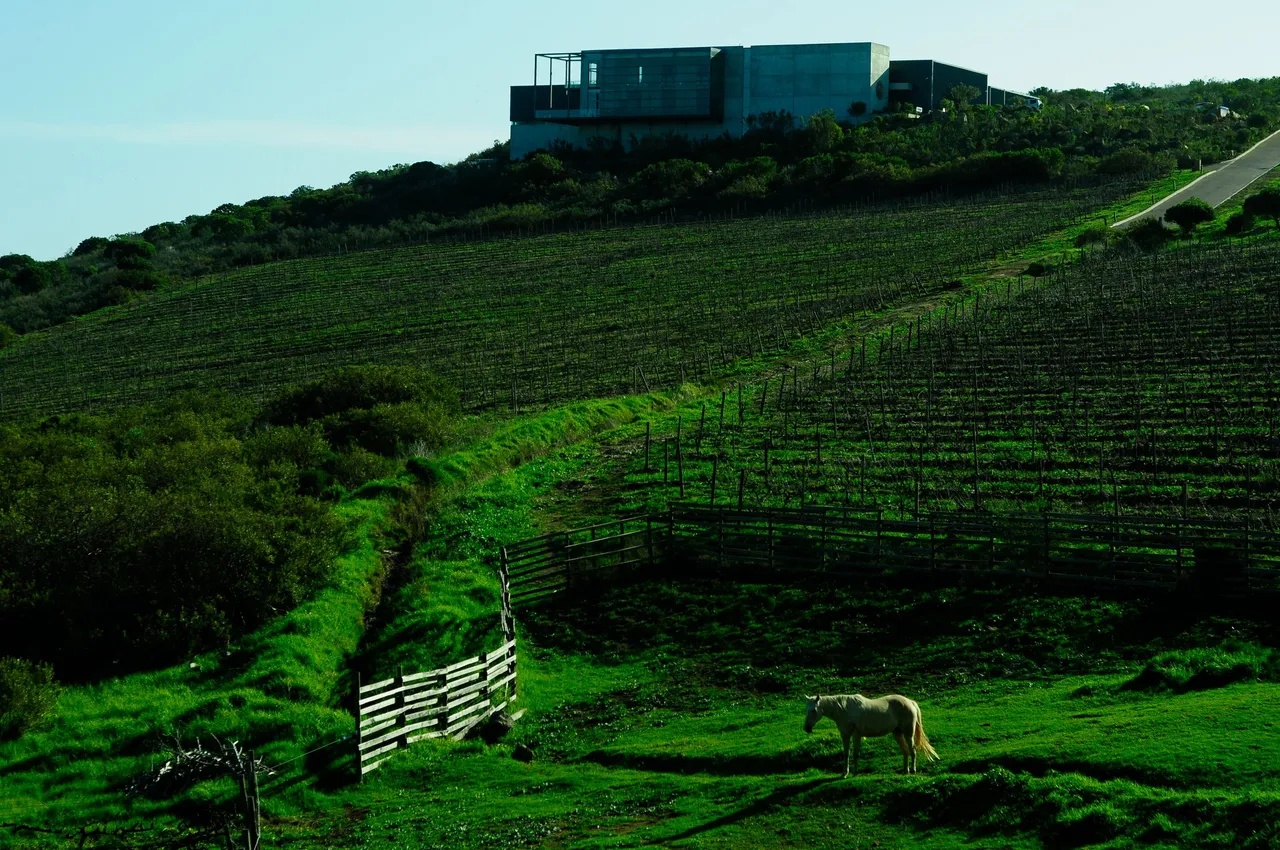
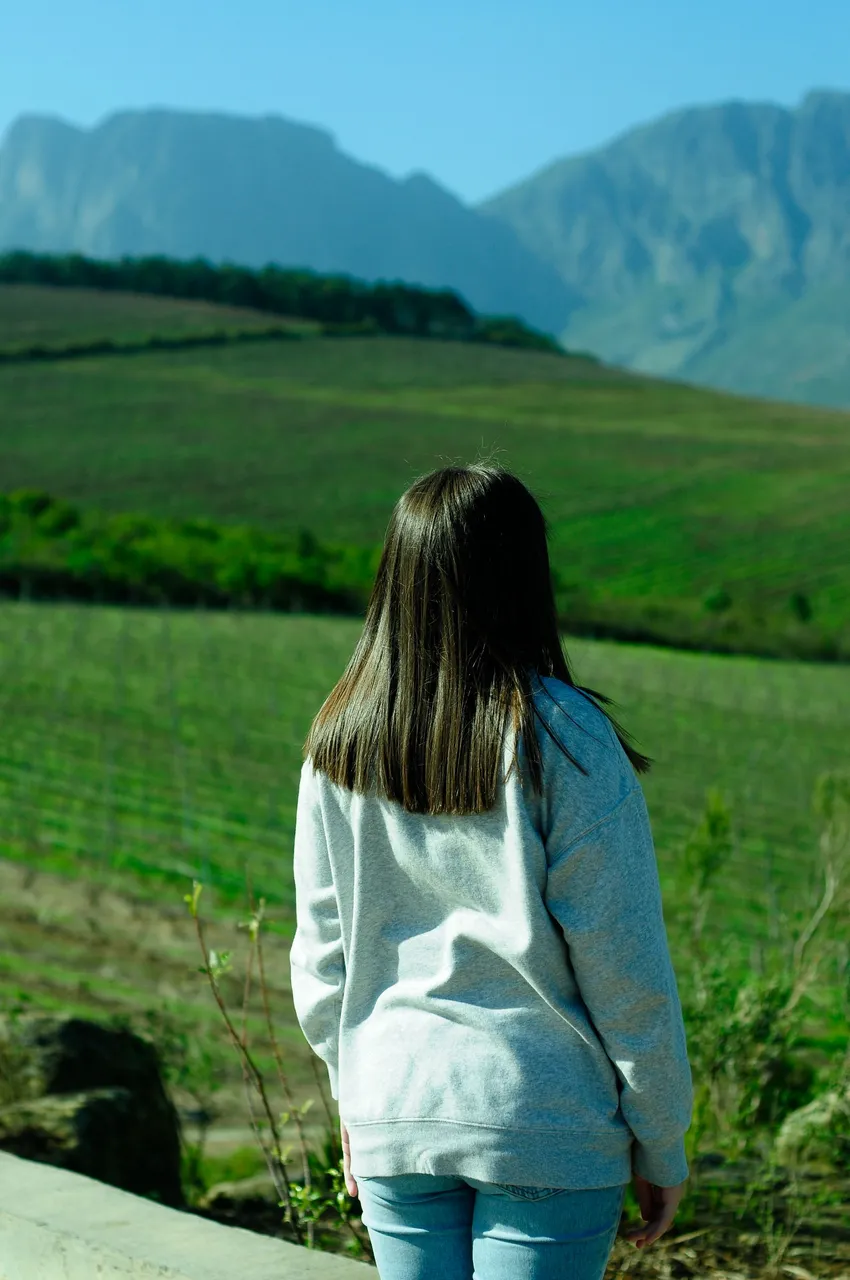
Farming is inherently destructive. You need to remove original, and what one might call native, vegetation and animal life in order to plant one's own crops and animals. The option to not do this is not entertained by many; life today is inherently about capitalistic gains. Vacant property, even if crucially important to the wellbeing and future of a species, is seen as "unproductive land" which can be and should be "cultivated".
Despite this rather bleak reality, by now an inescapable one, there are still places that want to "restore" nature to some degree. What has been called "regenerative farming" acknowledges this inherent destructive element of farming but it also positively tries to amend and correct as much as possible the harm being done in the process.
At the Waterkloof Wine Farm or estate, this practice is taken seriously. Various efforts are made toward sustainable farming, which allows for the native species of plants to flourish between the vineyards; no pesticides or herbicides are used; instead, sheep and pigs are used to graze the vineyards (with clever contraptions that prohibit the animals from eating the juicy grapes).
Not only is there a conscious approach to farming, but the very building itself has been designed in such a way as to blend in with nature - to some degree at least.
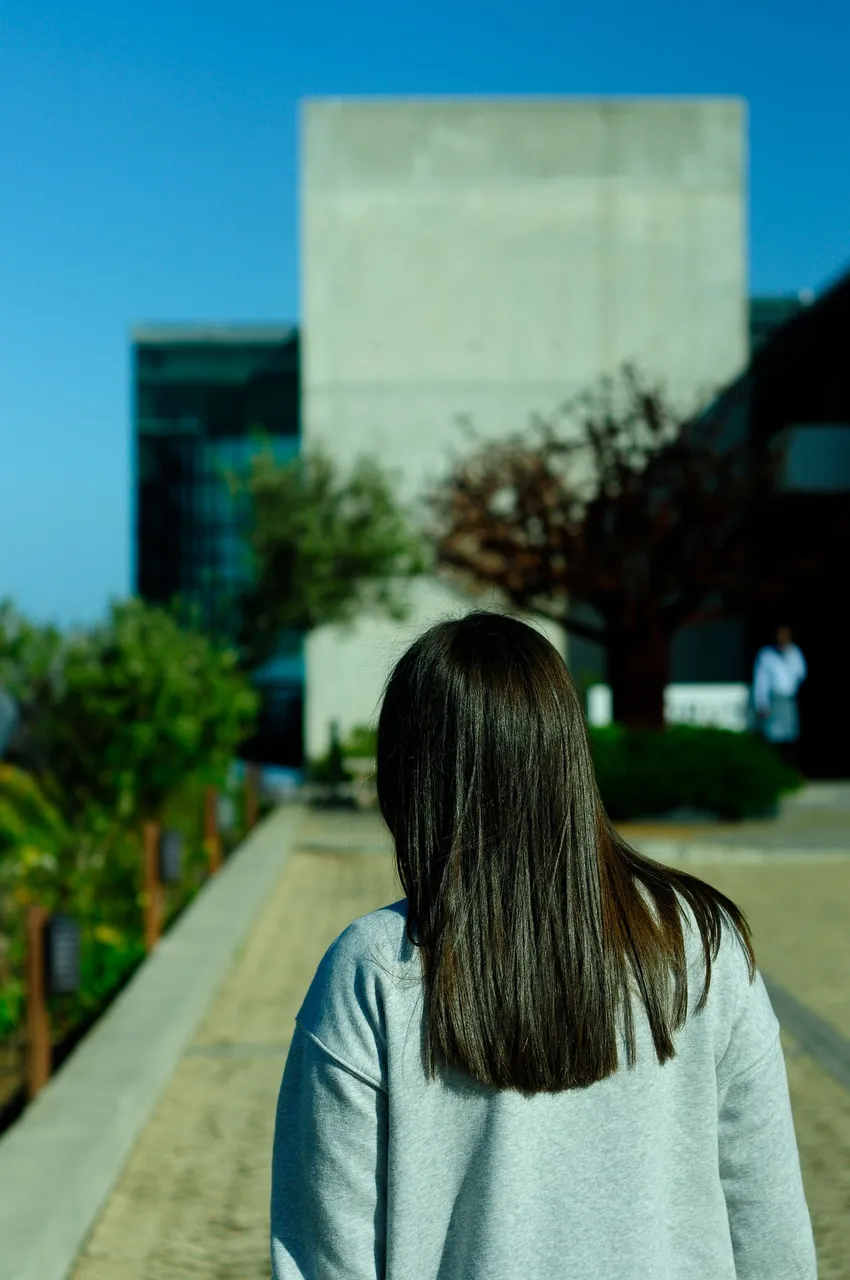
So, if you want to travel with me to this rather majestic place hidden between fynbos and mountains, please join me on this virtual tour of Waterkloof, in Somerset West, South Africa.
The Iconic "Cellar in the Sky" - Architecture and the Blend of Nature
As you drive from the bottom of the hill up towards the "cellar in the Sky", as the vineyard itself likes to call it, you are first struck by the tiny little "structure" on the horizon.
To some degree, they succeeded in "hiding" this structure on one of the valley slopes, so that it almost looks like this cellar stuck in the sky.
But as you drive, it soon becomes apparent that it is (kind of) a mega-structure that decorates a big piece of the side of the slope that you just drove up on. But situated between the vineyards, local fynbos, and the mountains in the backdrop, would not necessarily say that the structure itself is too invasive.
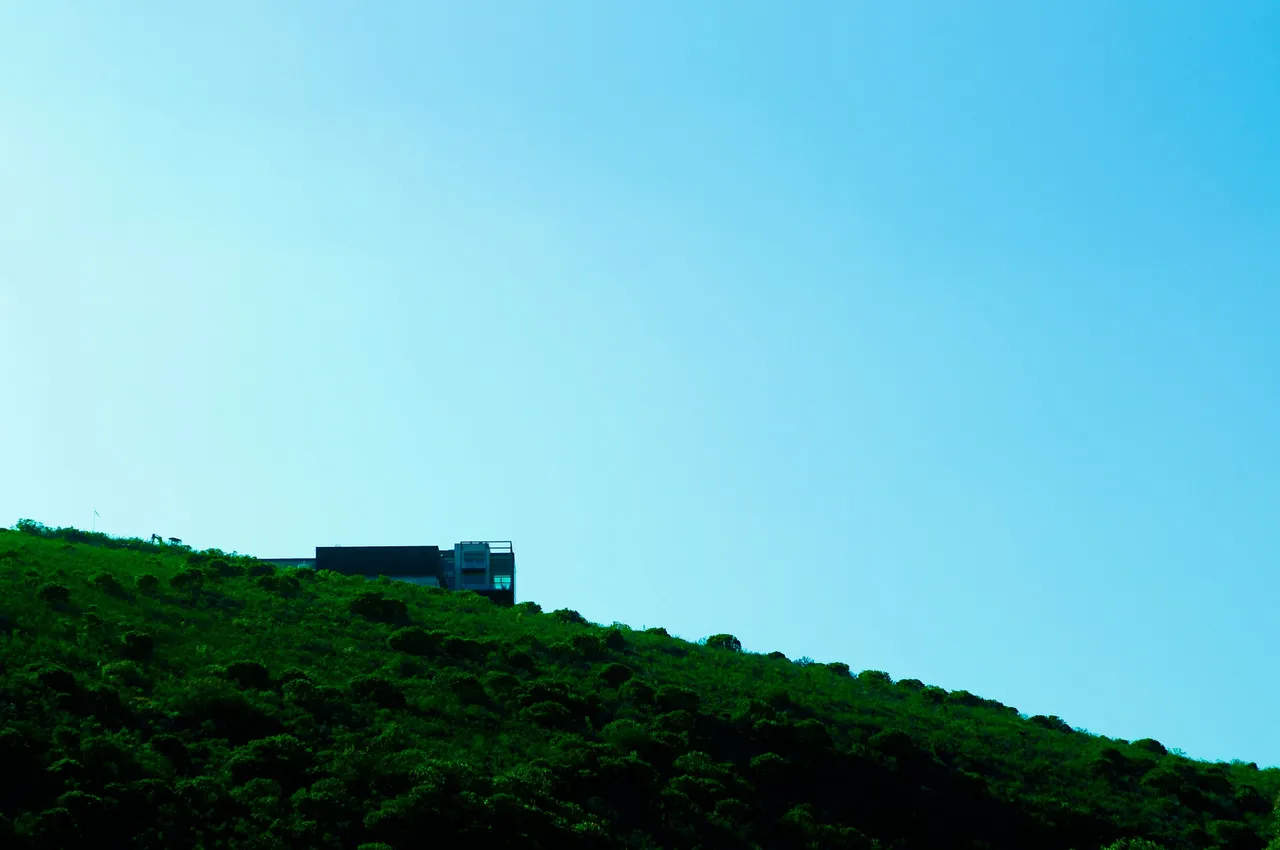
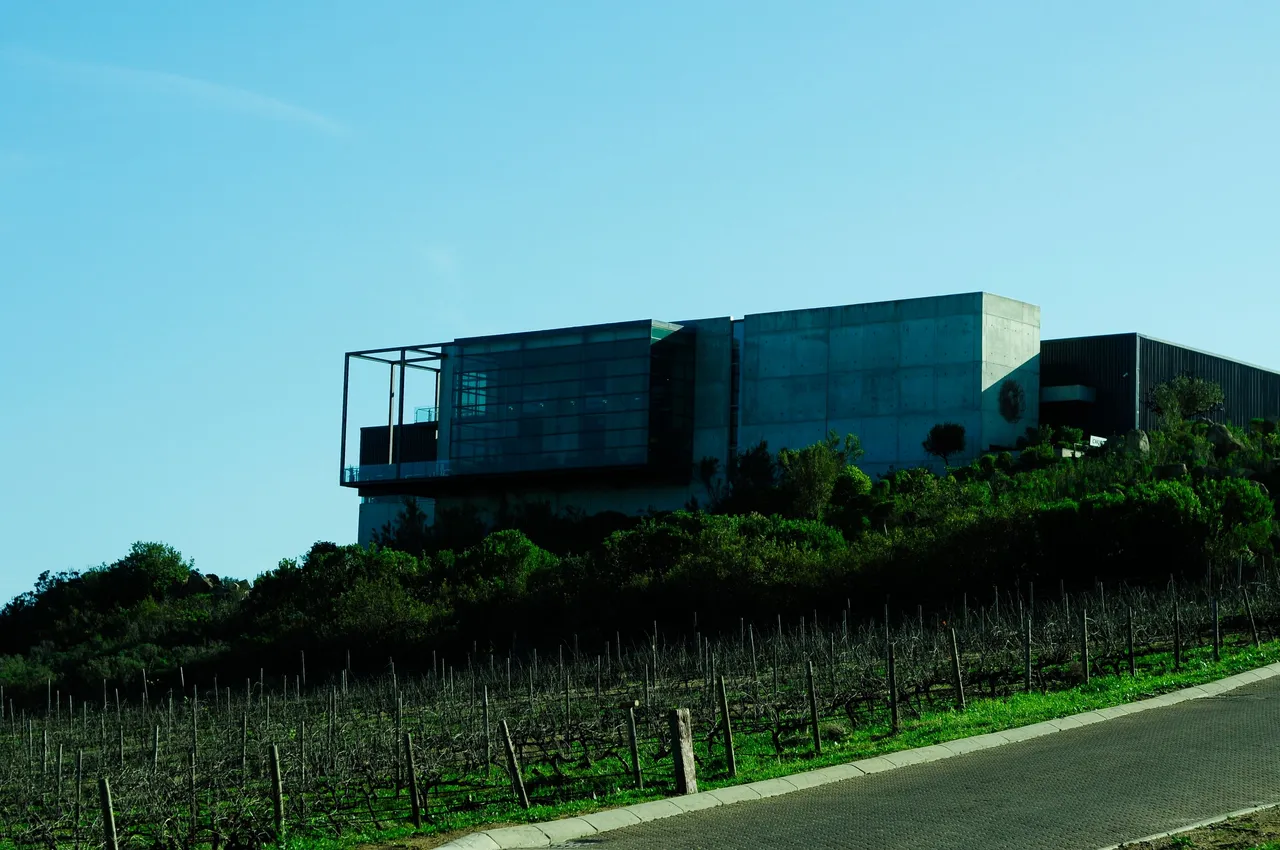

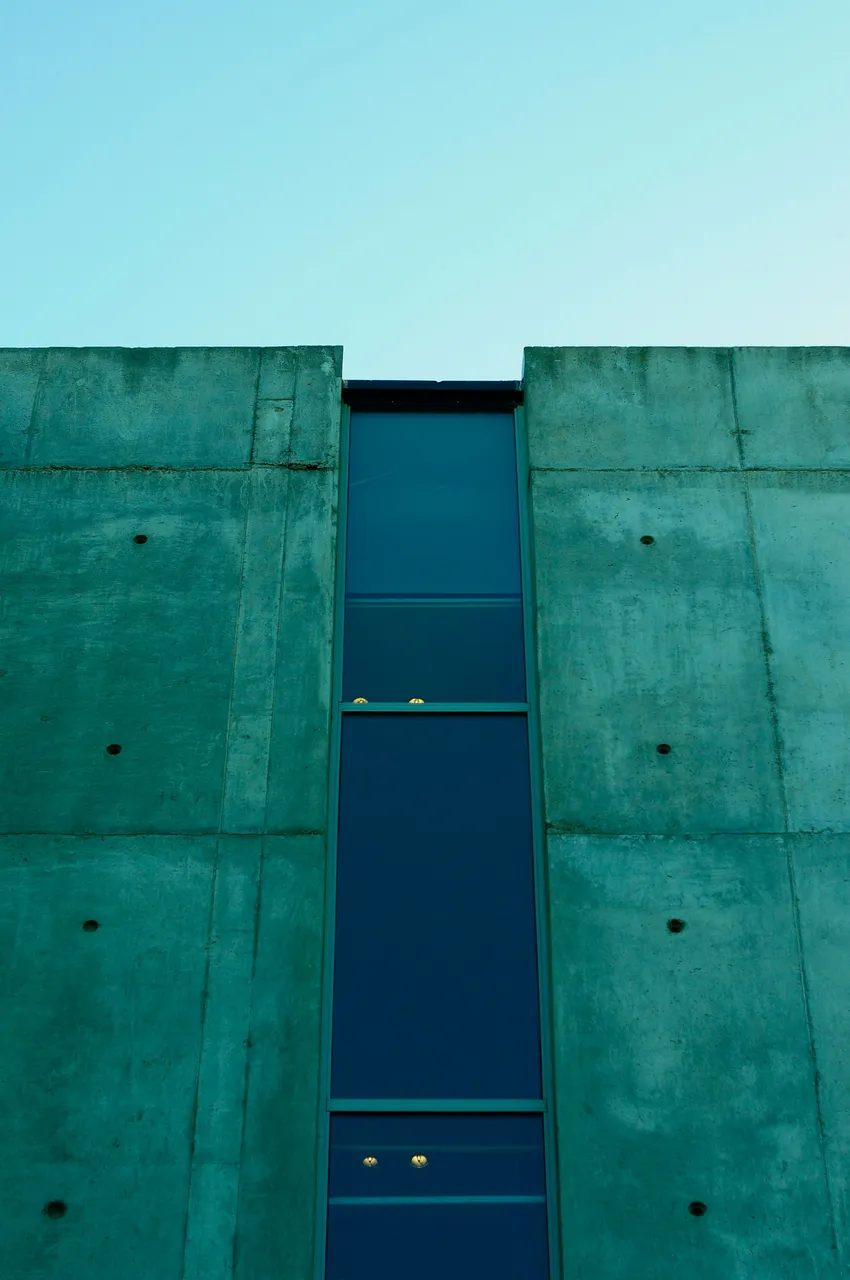
Looming tall and fiercely, the rather brutalist structure has a strangely homely feel between the fynbos. I know the style is not for everyone, but the modern building style with its rather rigid lines contrasts in a strangely pleasant manner with the organic growth of the indigenous plants.
(SIDE NOTE: If you were a fan of the series Black Mirror and you remember Season 3 Episode 4, the Waterkloof building was used as the retirement home in the episode. When I watched the series with my fiance, I immediately paused the episode, not knowing that the shot scenes in South Africa, jumping up and down in a strange excitement telling her that that building is a wine farm in my hometown.)
As a photographer, I took some liberties in trying to capture the essence of this building.
I really loved the rigid lines of the structure, as I noted above, and I find it so appealing to my eye; the very strict juxtaposition of organic matter surrounding the rigid lines just flows into a strange sort of modernist artwork.
Below the photographs of the building itself, I also took some photographs of how the building is juxtaposed to the organic fynbos growing around the building.

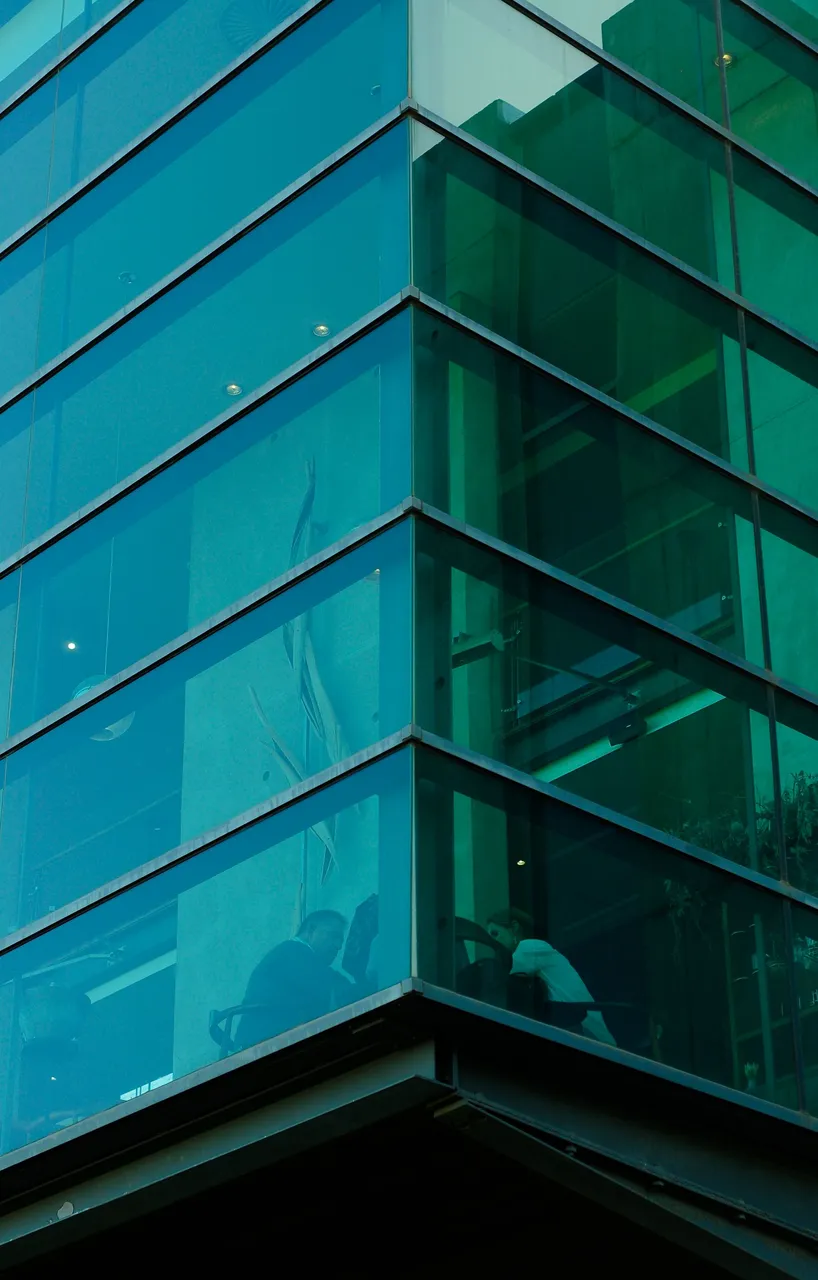
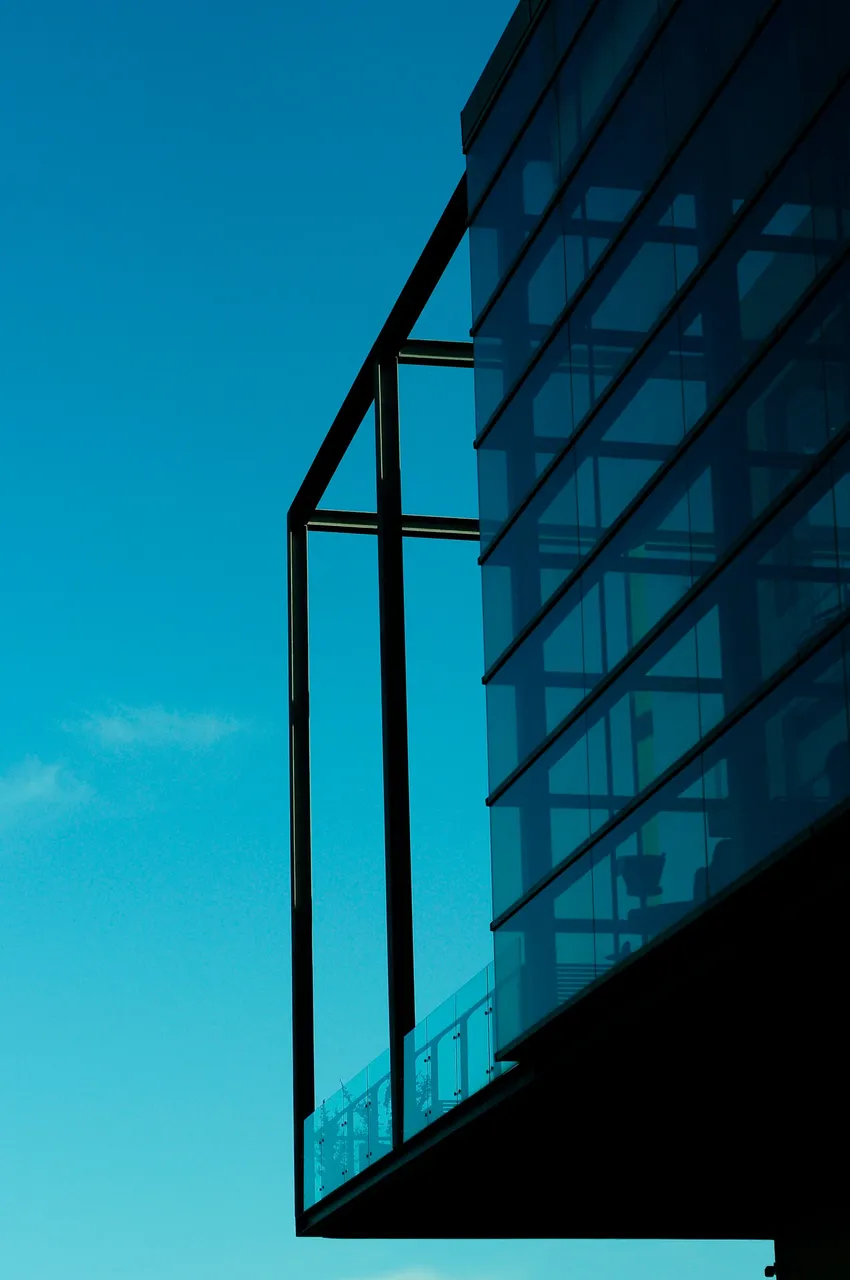 | 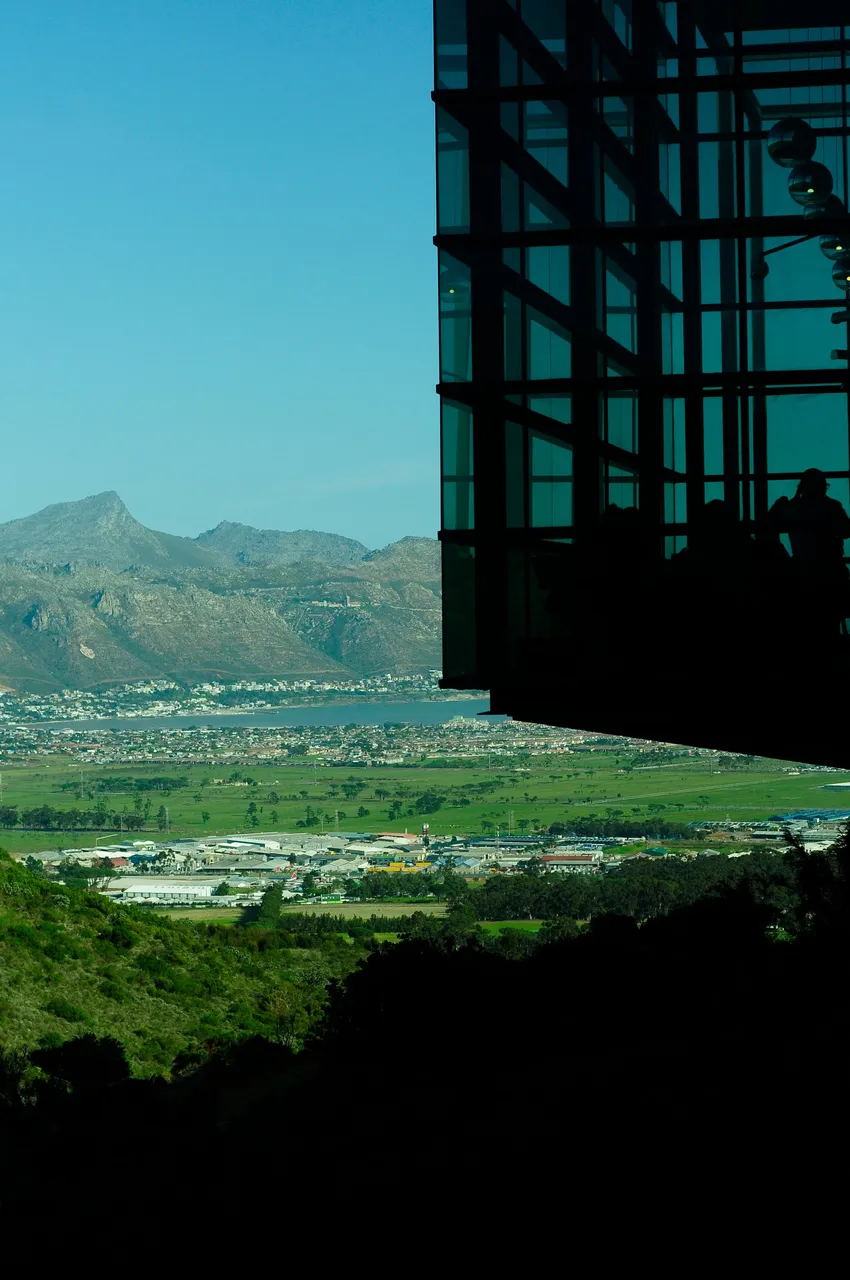 |  |
|---|
Here, I tried to show how nature is kind of incorporated with the structure in the background...:
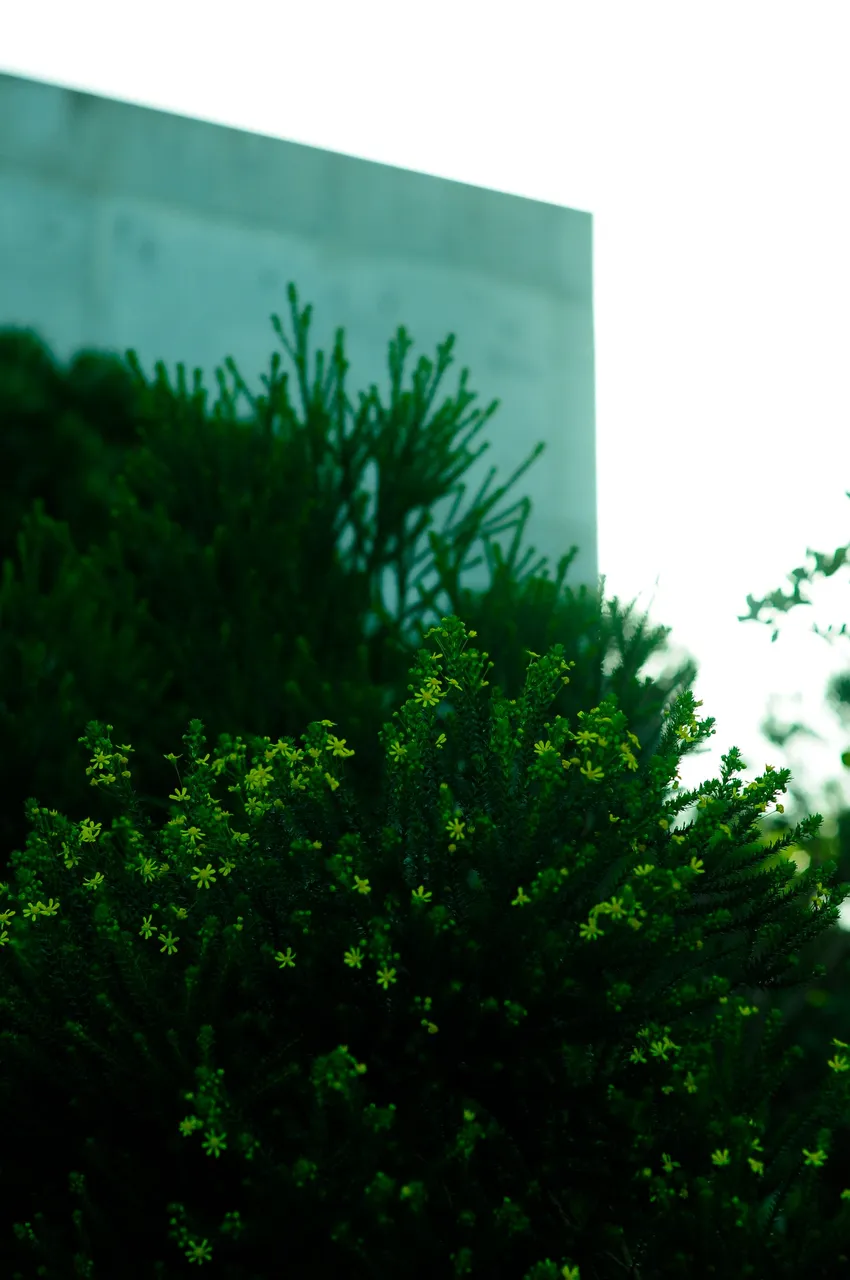
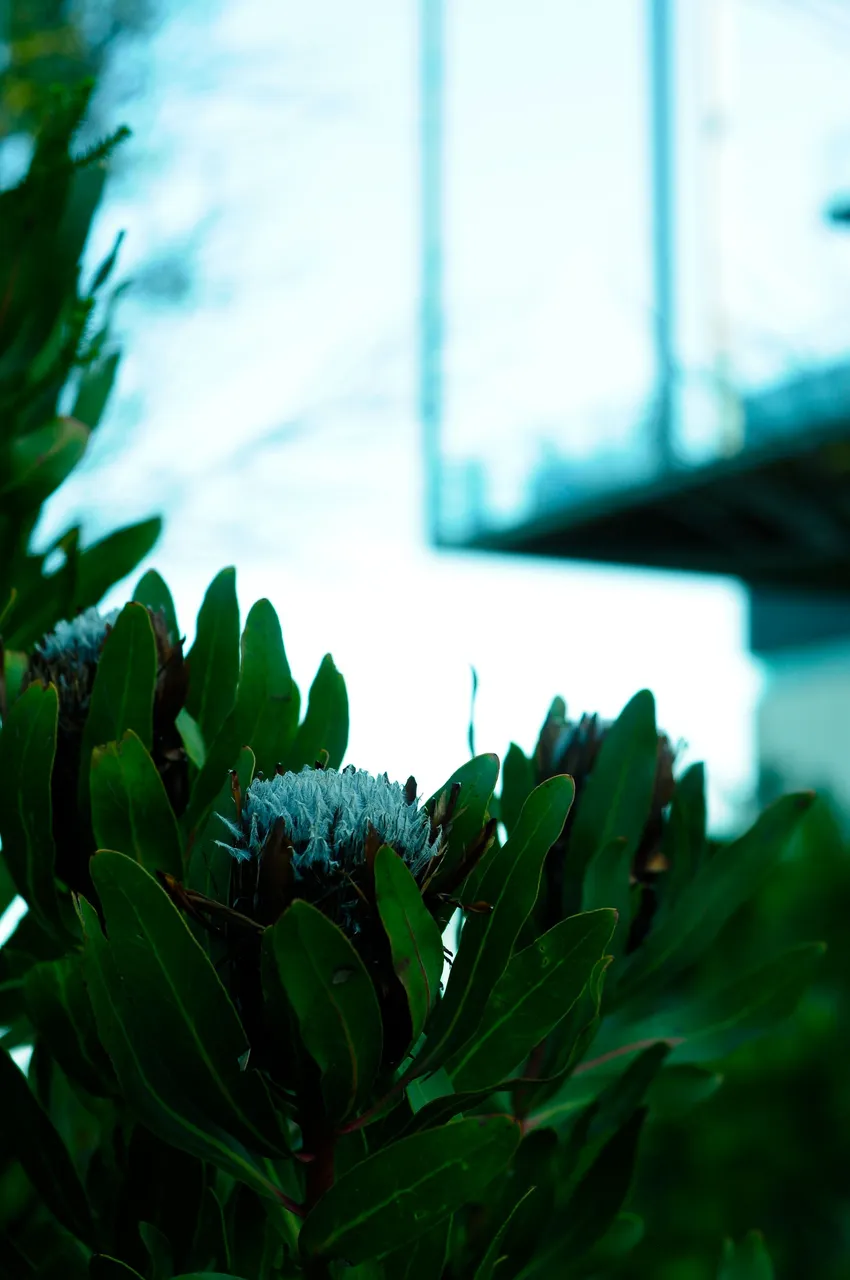
Here is a short video clip of us driving up the mountain side seeing the building:
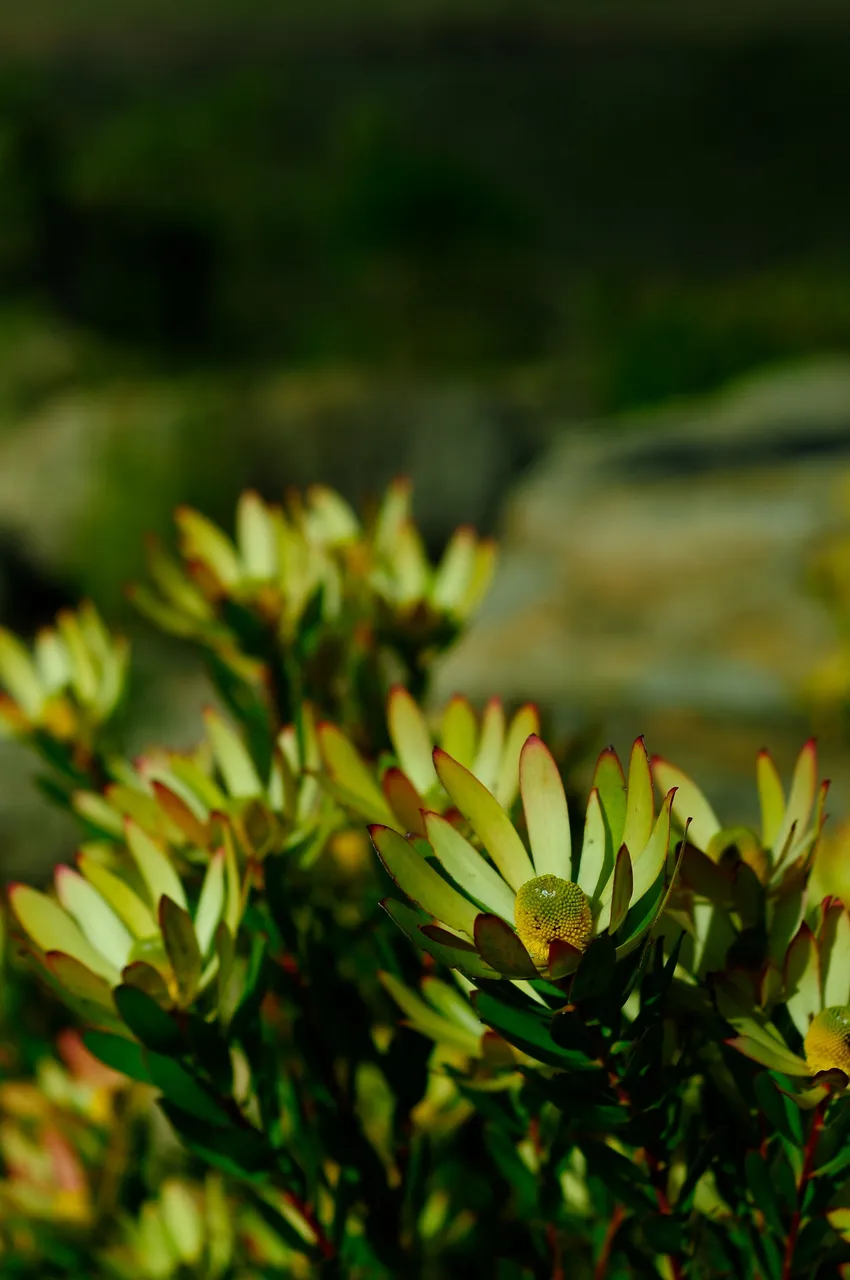
Enjoying the Views and Exploring Nature Around Waterkloof
Nature plays a big role in the area. Due to so many new (home/residential) developments in the area, few of the local fauna and flora still have "wild places" to flourish. Few if any original mammals still exist in the areas, and we are left with mostly wild bird species that still populate the areas.
When my fiance and I drove up to the vineyard, we saw a small falcon attack a bigger eagle; what an airshow I wish I could have photographed!
But the importance of these wine farms and even local farms that still have "wild and uncultivated" places available plays such a crucial role in helping not only the local flora survive but also some of the animals. We always tend to think about the amazon nature and similar types of places where animals are going extinct, but we forget that even the animal species still left in our own backyards also need protection.
(There is a strange catch-22 problem, especially with the reservation and protection of bigger animals in Africa; it is usually the people guiding foreign hunters that protect the species more because they get money to help kill the animals but in sustainable ways. Take away these hunters and their guides, the properties usually land in the hands of people that either exterminate all of the local fauna and flora, or they hunt the very animals that were protected into extinction. Similar to these wine farms: they are inherently bad for the land, but if we keep them in business, they will not sell the property to residential developers. Again, rather bleak... I digress.)
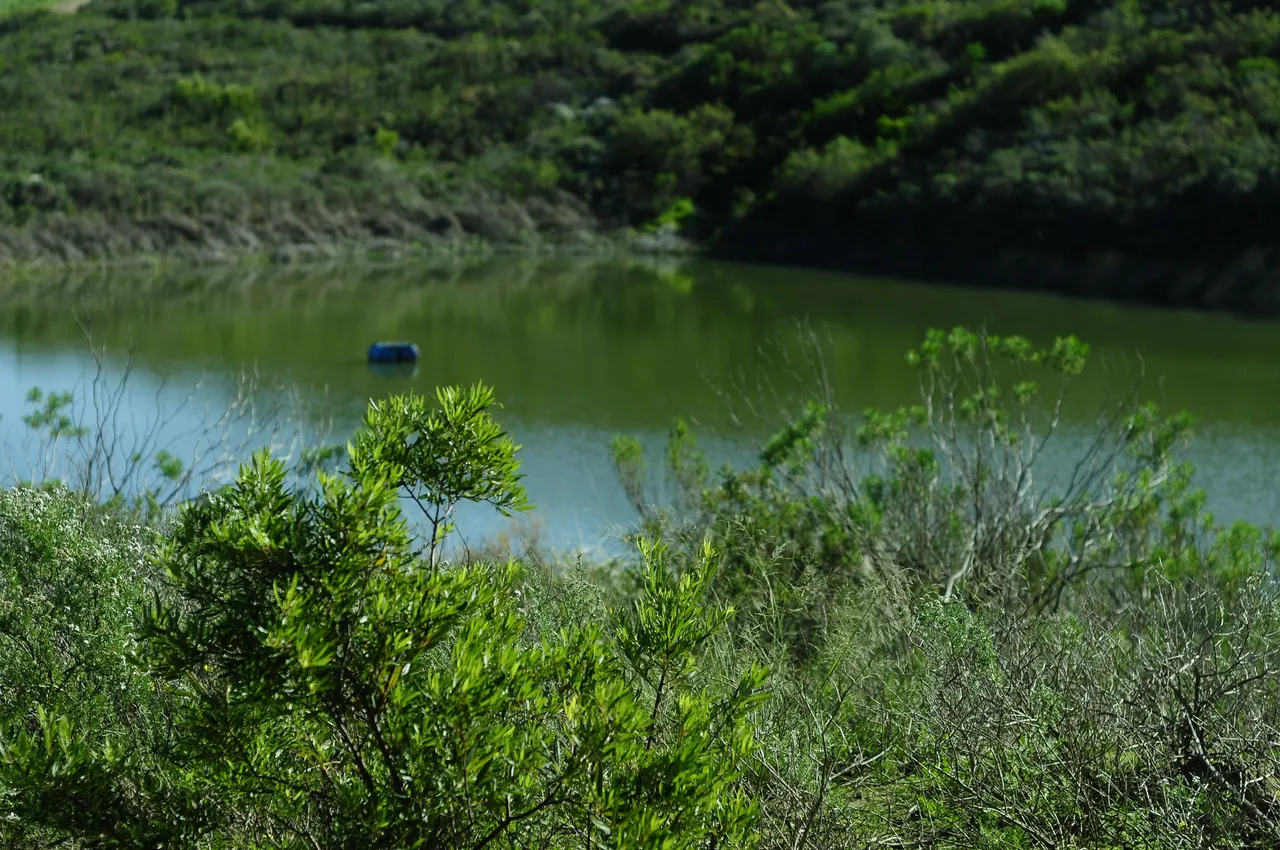
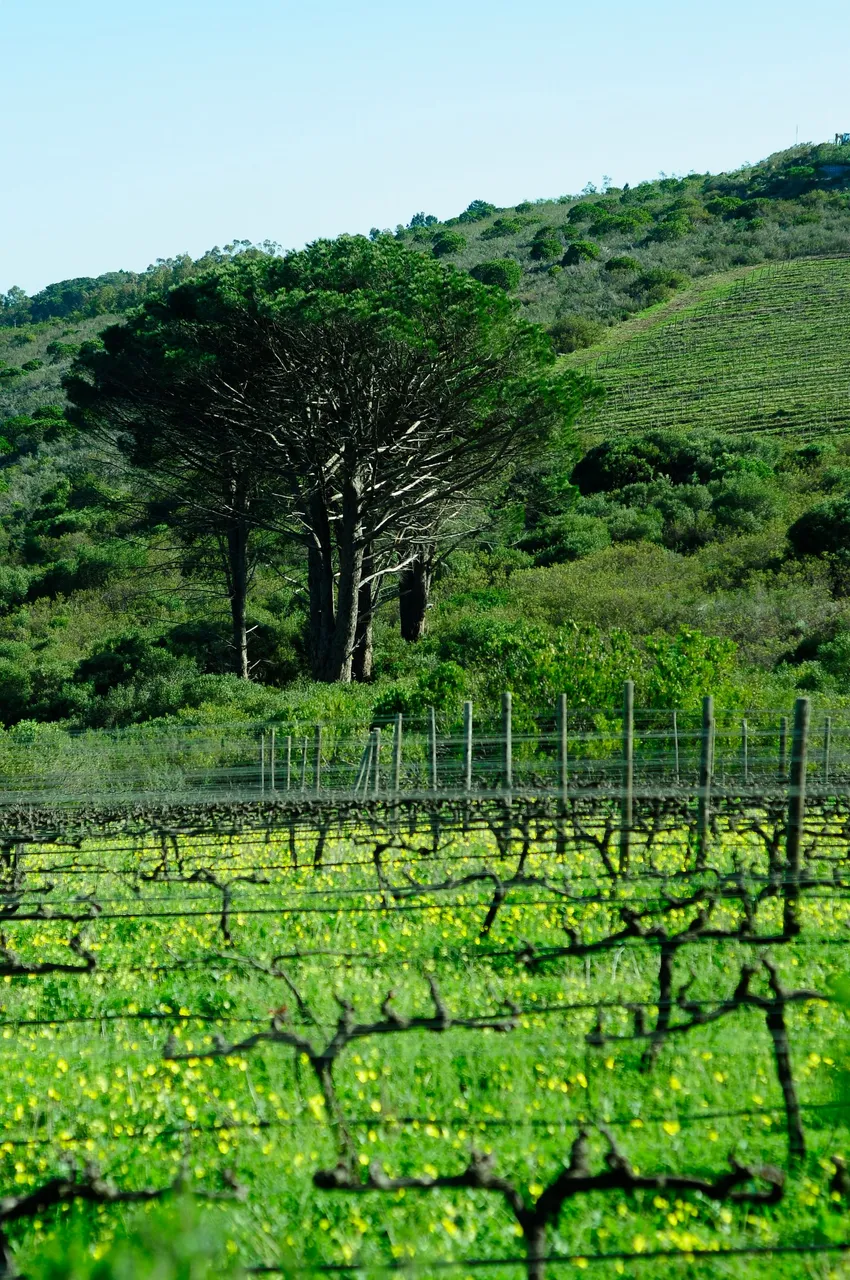 | 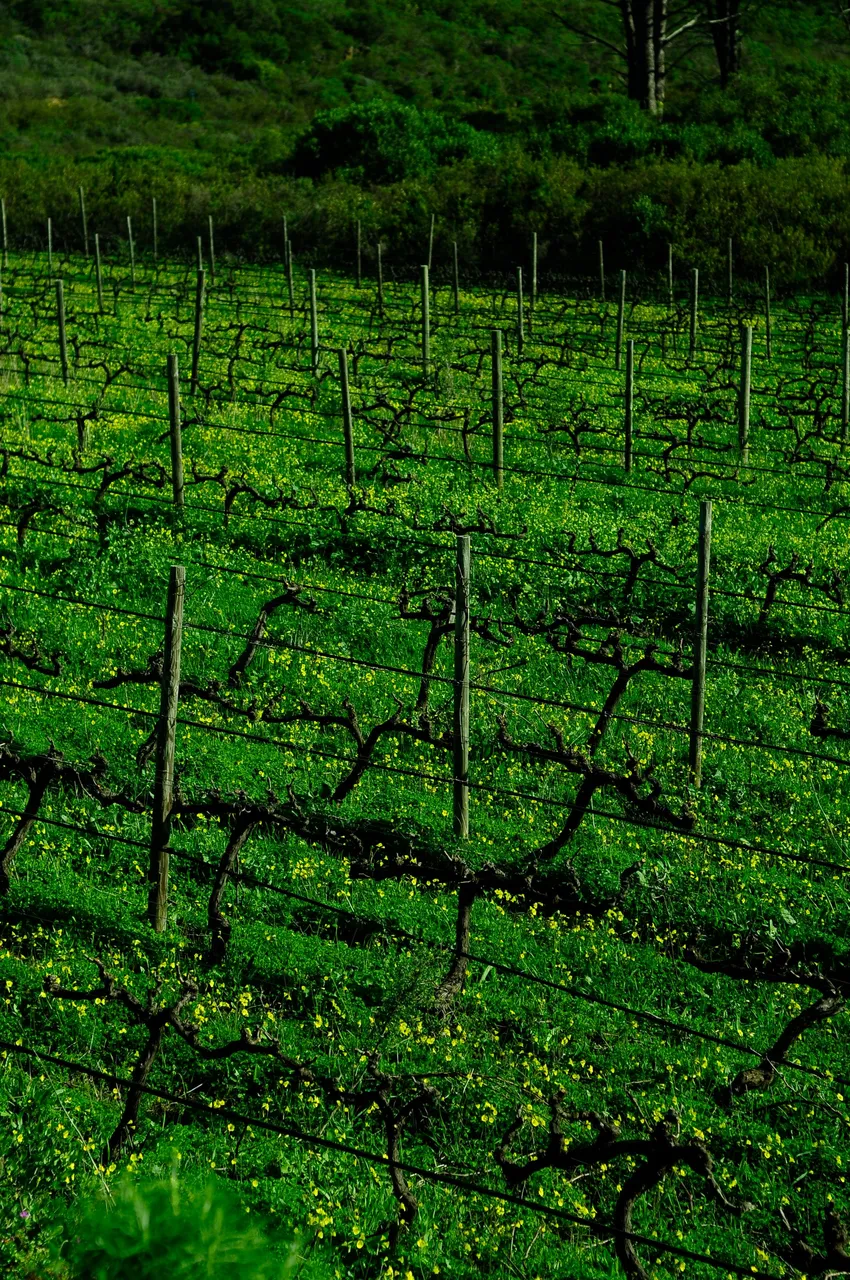 |  |
|---|
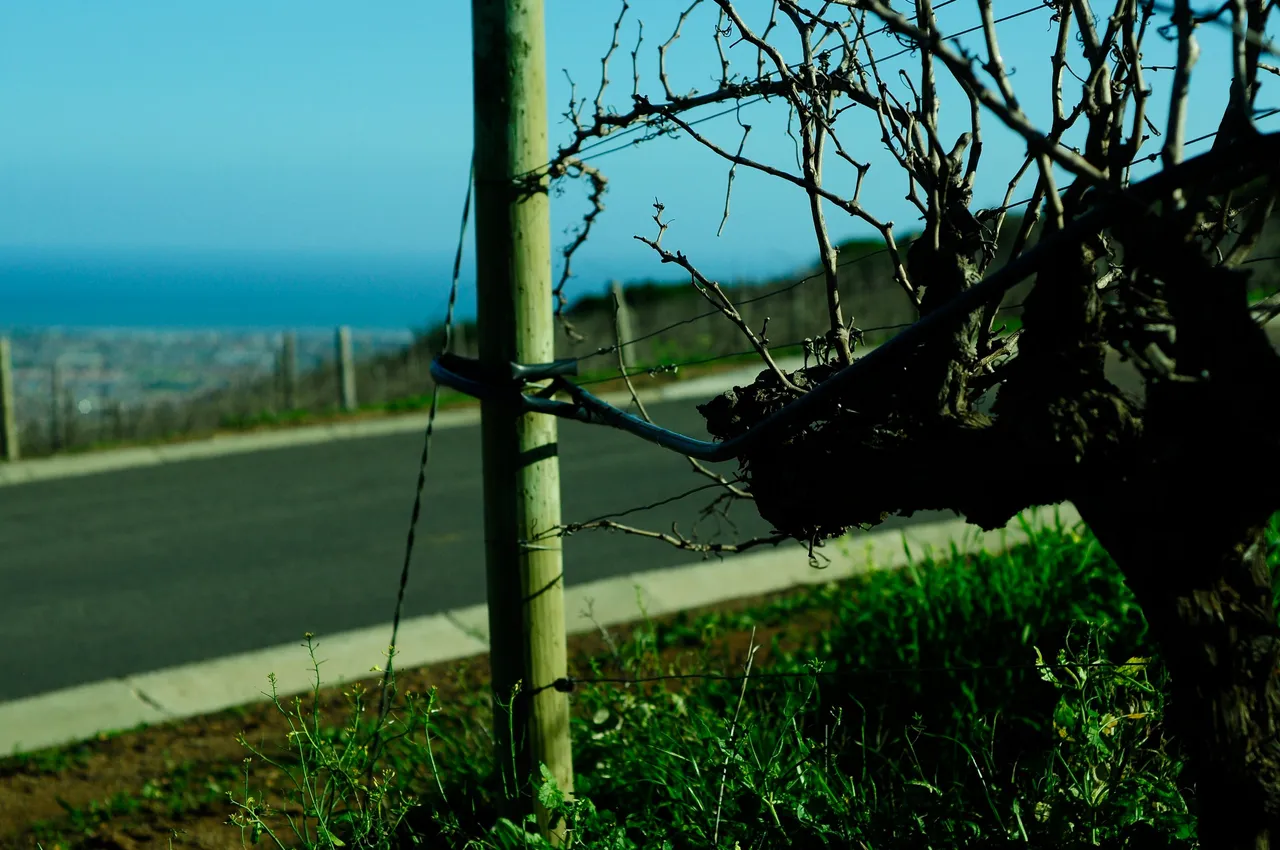

The views from even just the road are incredible. I am not really a landscape photographer (or I do not have the gear for it), but this place really forced me to look at the view a bit.
But the views from the tasting room itself are just as beautiful...
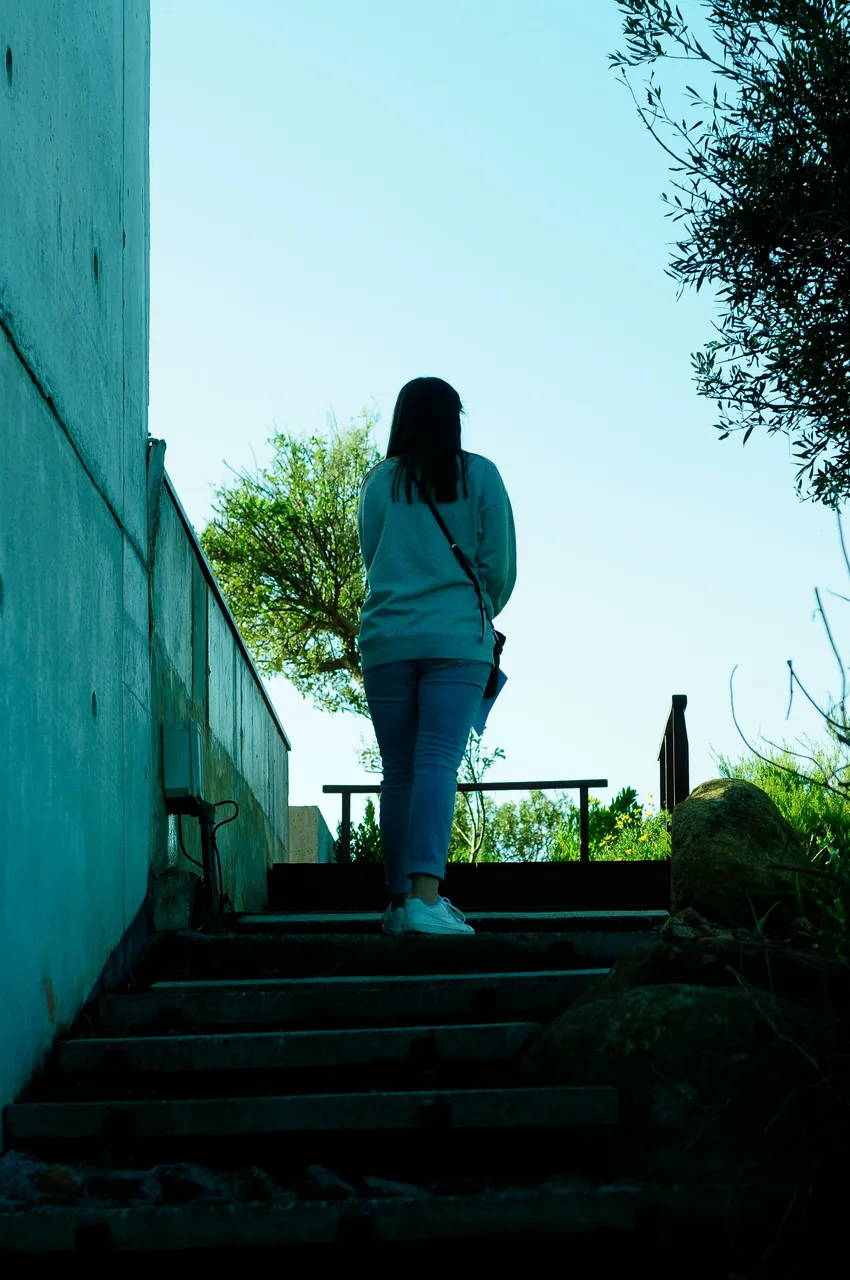
Where Nature and Modernism (Brutalism) Meet - Tasting Wine and Enjoying the Views
As we explored around the building, we got thirsty and in need of tasting some of the wine. The views from the building itself are just as beautiful as the ones outside.
Just like the exterior of the building, the interior is marked by its rigid lines and rather "cold and brutalist" style. But again, in this instance, it worked.
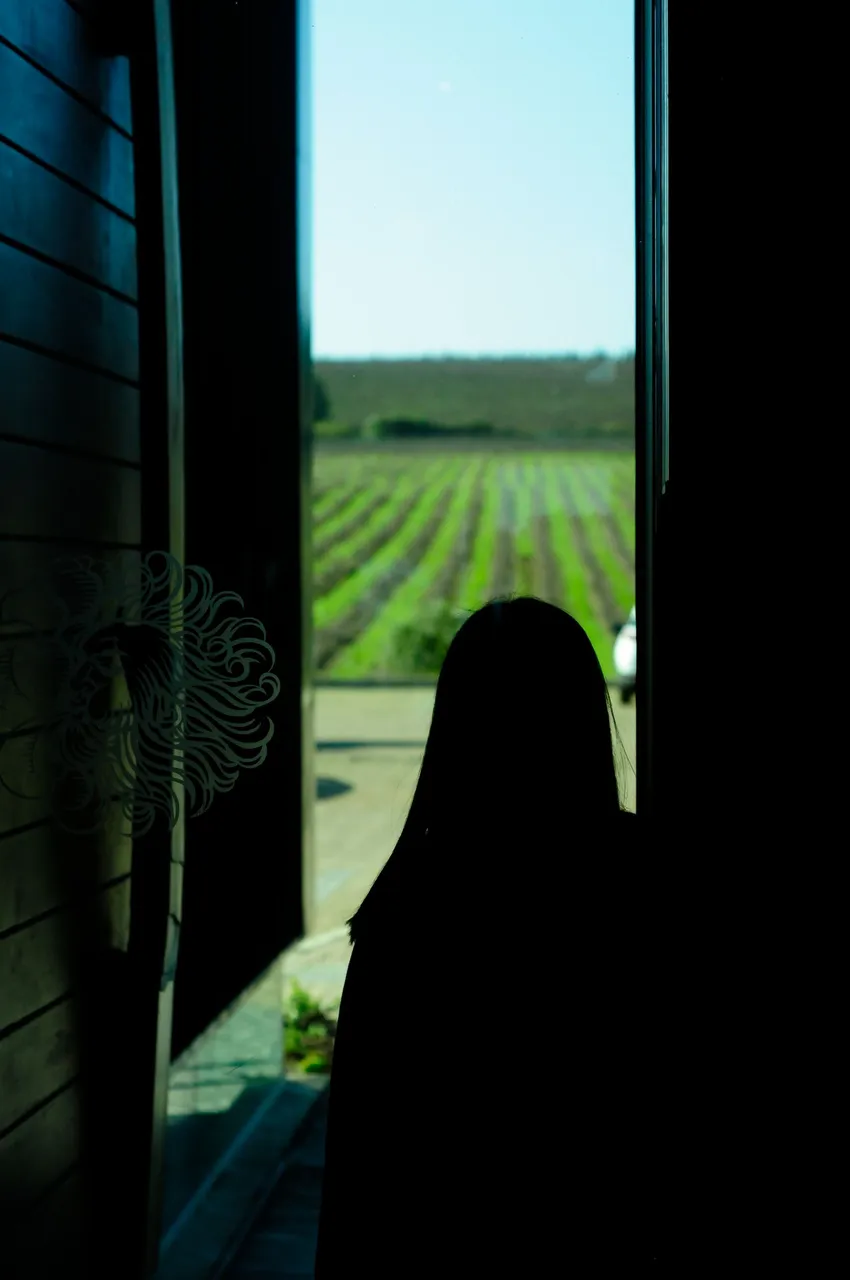
Not everyone likes the style, some prefer a more warm and cosy setting, rustic or natural. But I guess each place has its own unique flair.
We settled down at the tasting lounge. Not only do they have the winery, responsible for the Waterkloof wines, but they also host one of South Africa's most famous chef's restaurants Chorus. It is really expensive and it is not necessarily something I will visit myself. But even though the restaurant is so expensive, the wines are not that expensive; and they have so many different wines to choose from; from sparkling (MCC) to whites and rosés, to reds.
I gravitate towards the red wine and my fiance towards the whites, so we had a very balanced tasting in the end. (As I took some sips from her wines, and she from mine).

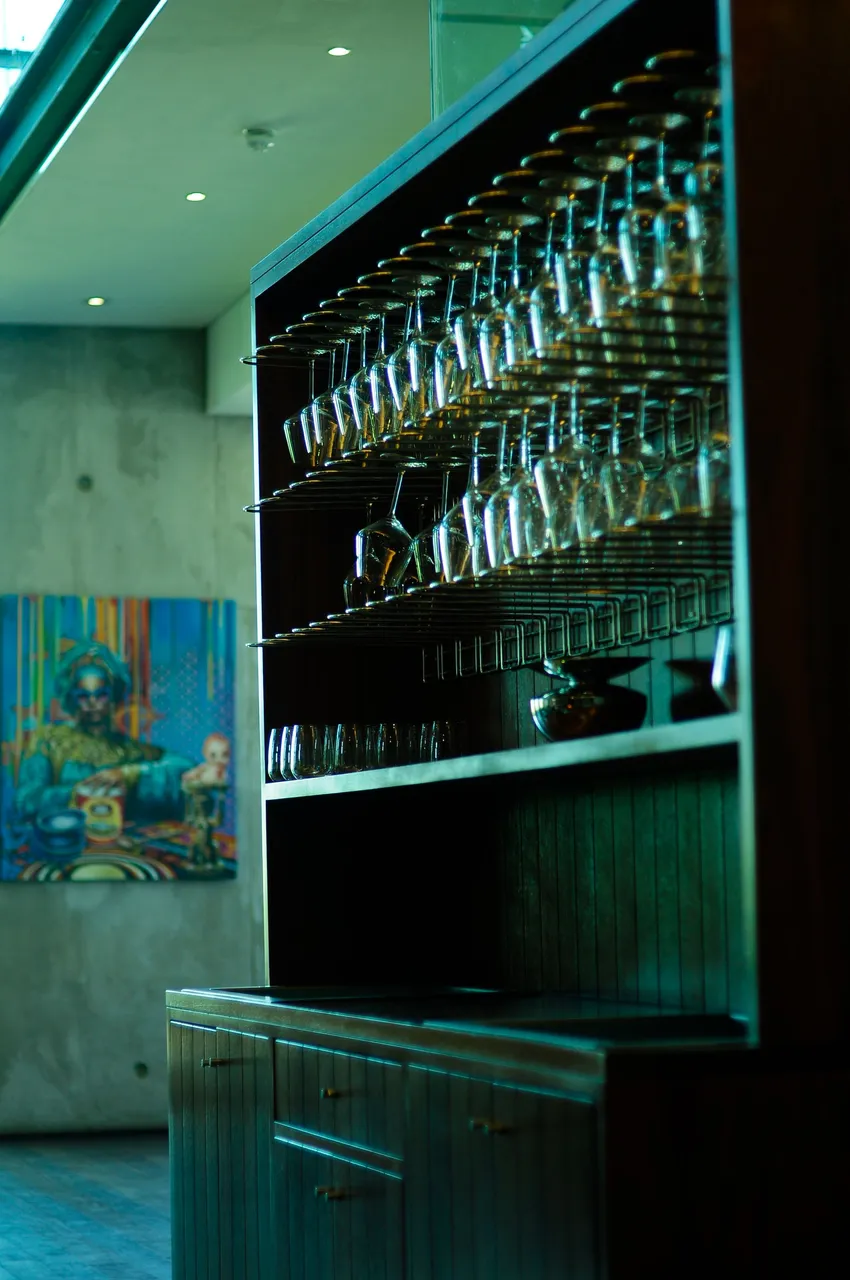 | 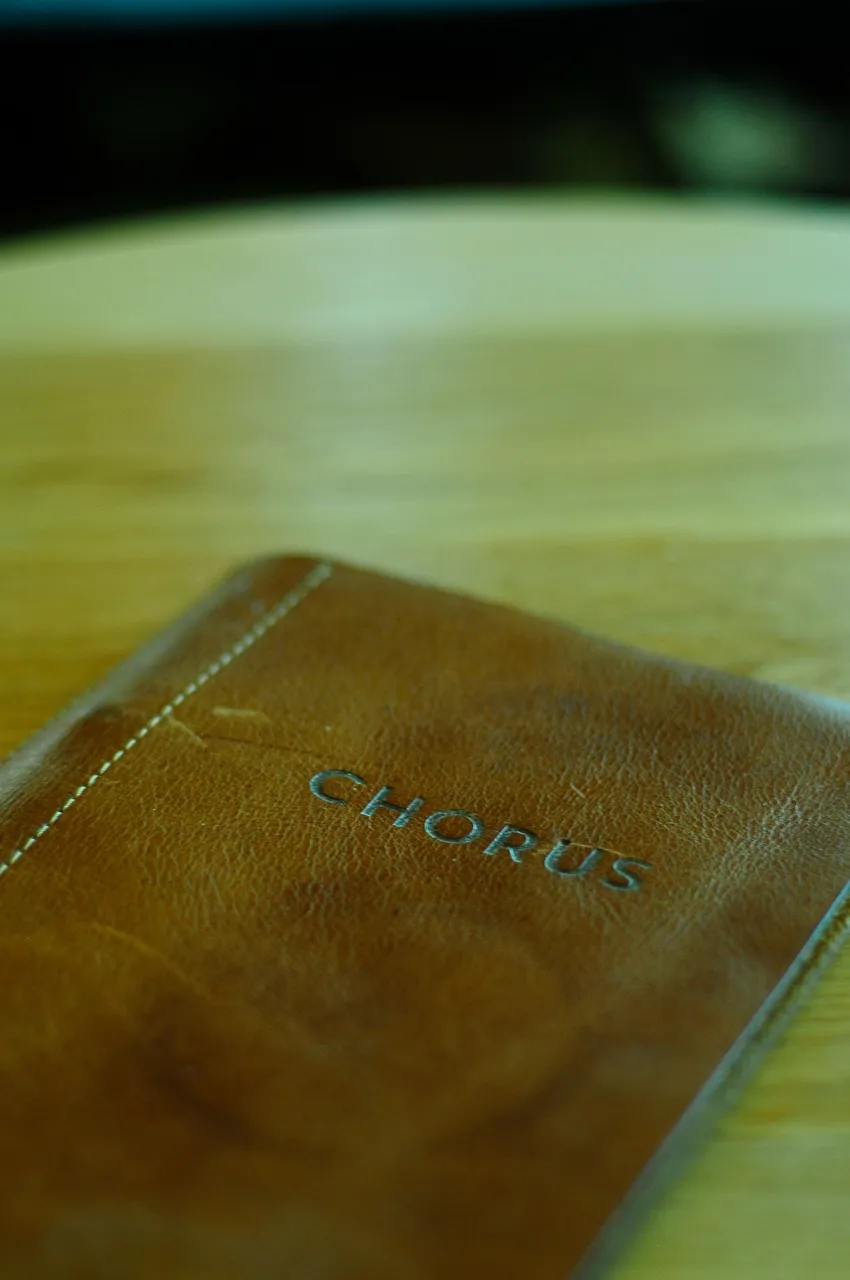 | 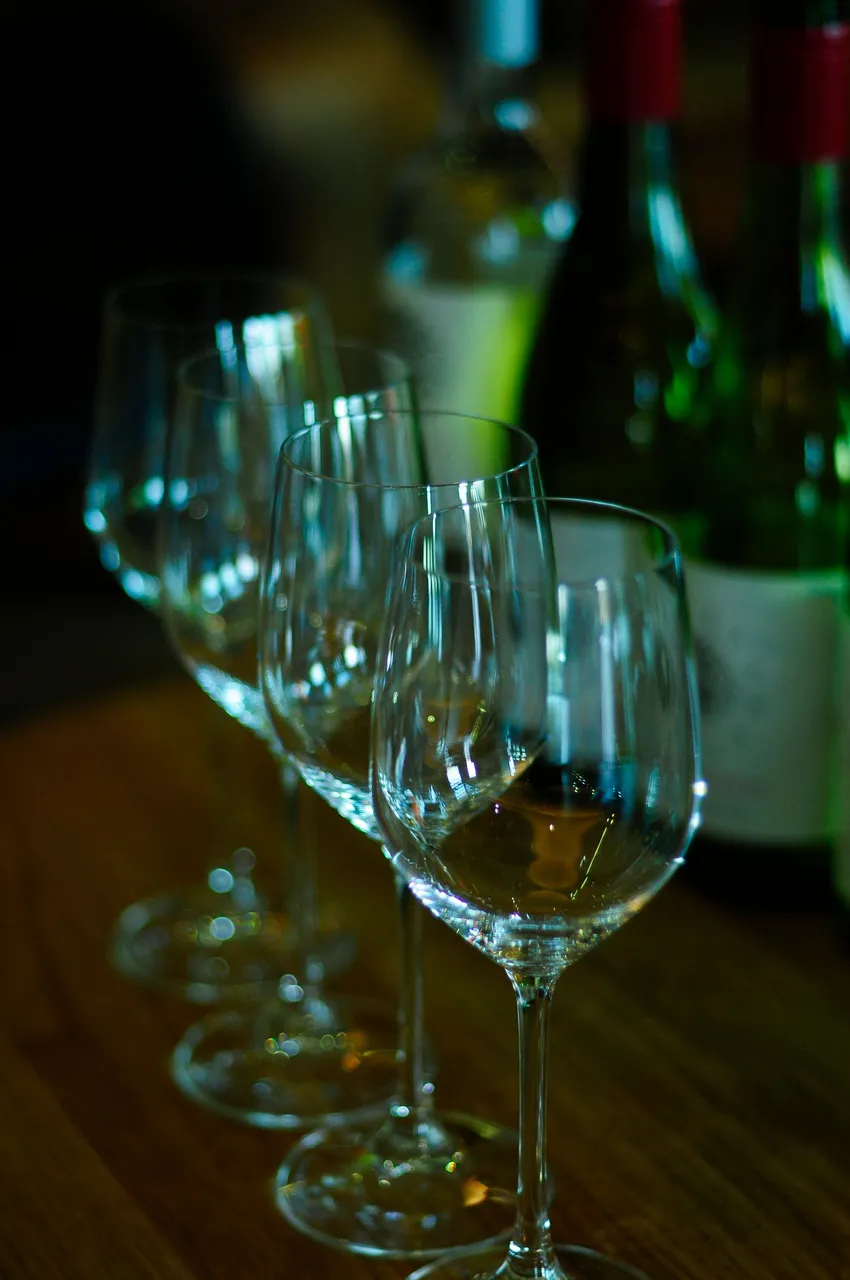 |
|---|
It was a cold afternoon, even though the sun was out. But the winter is here and they lit a beautiful and warm fire for us. The "boma" fire place was really big and it heated the whole room up. It was really nice to sit close by to the fire.
As decor, they used local plants, and I really love it when places like this use natural elements from the farm itself to decorate the place. (More on this below.)

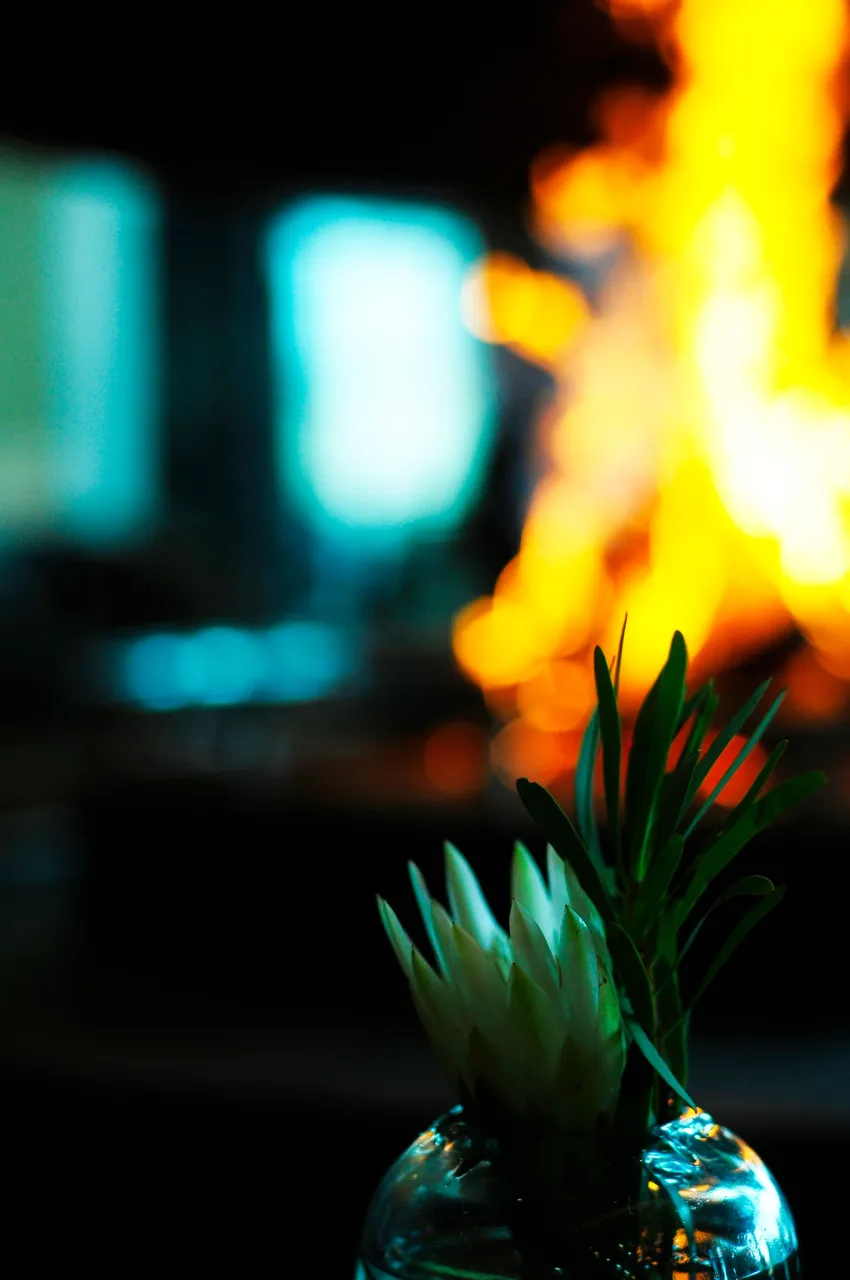

I tasted most of their red wines, and the one almost tasted like black pepper (Syrah for the wine lovers reading the post). I appreciate the logo as well (more of it at the end of the post) as it illustrates the harsh winds that blow in these areas. We are always called the "birth place of the winds". But I also like their wine's name: Circumstance. This nicely illustrates the "happenstance" or "perchance" moment of getting it right, but it also nicely brings in the element of sharing, linking it to the occurrence of drinking and sharing bread with friends and family.
Talking of bread; we also had some of the local cheeses with freshly baked bread...
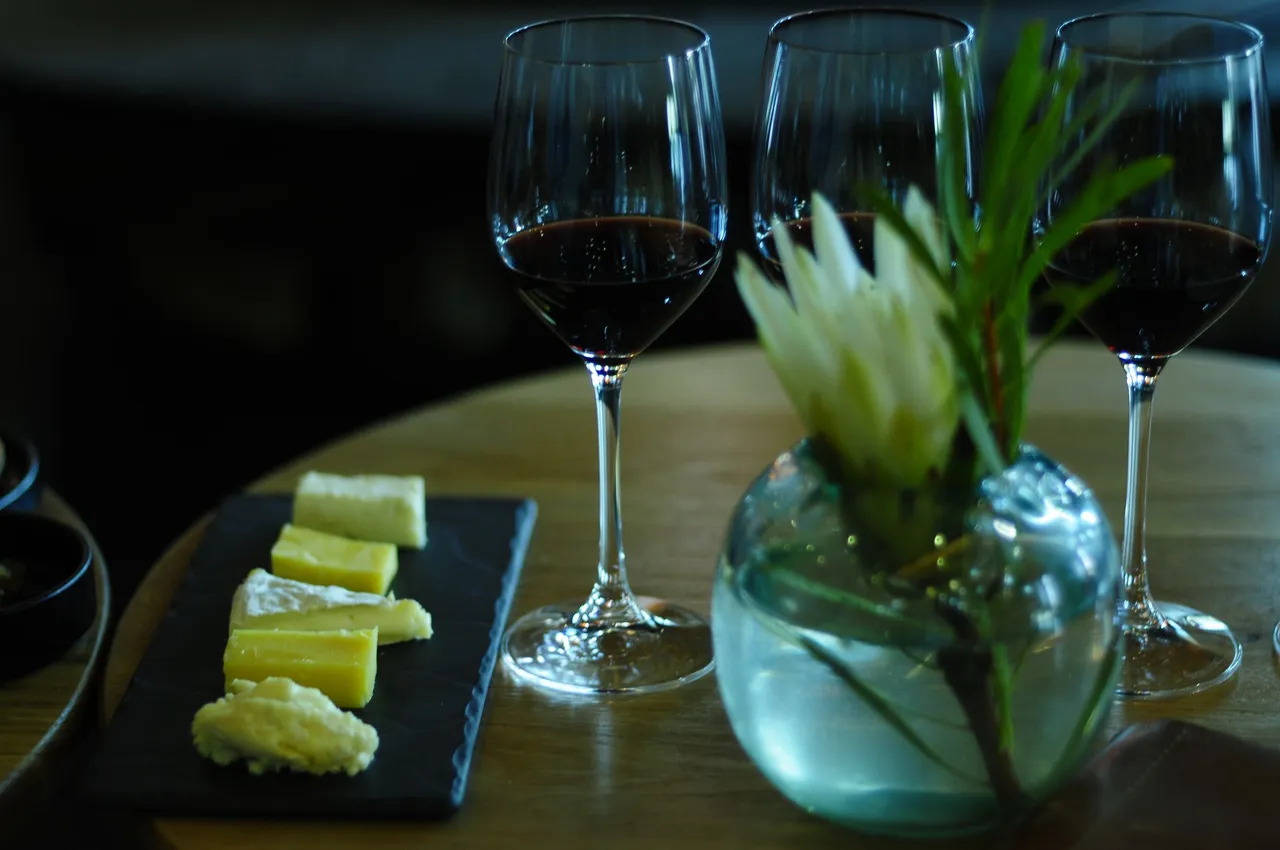
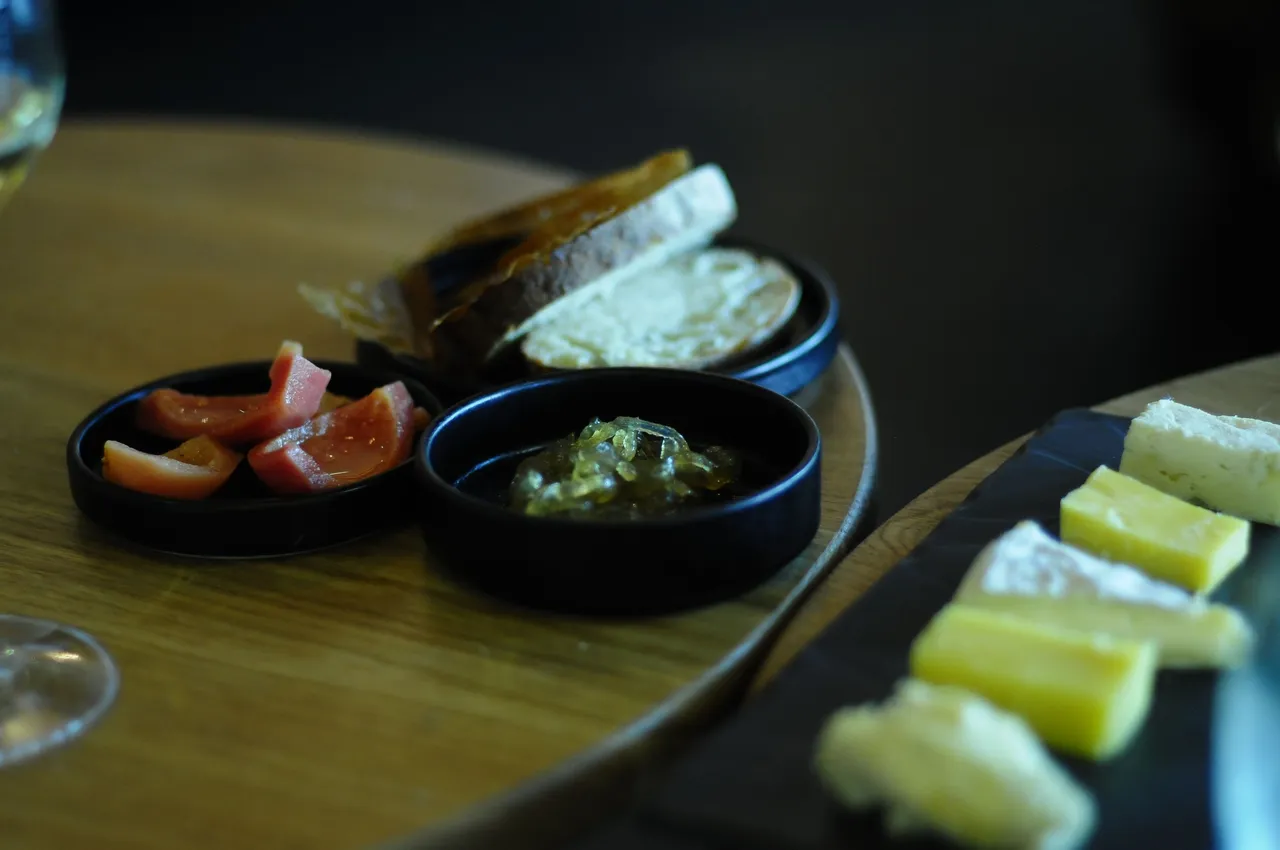
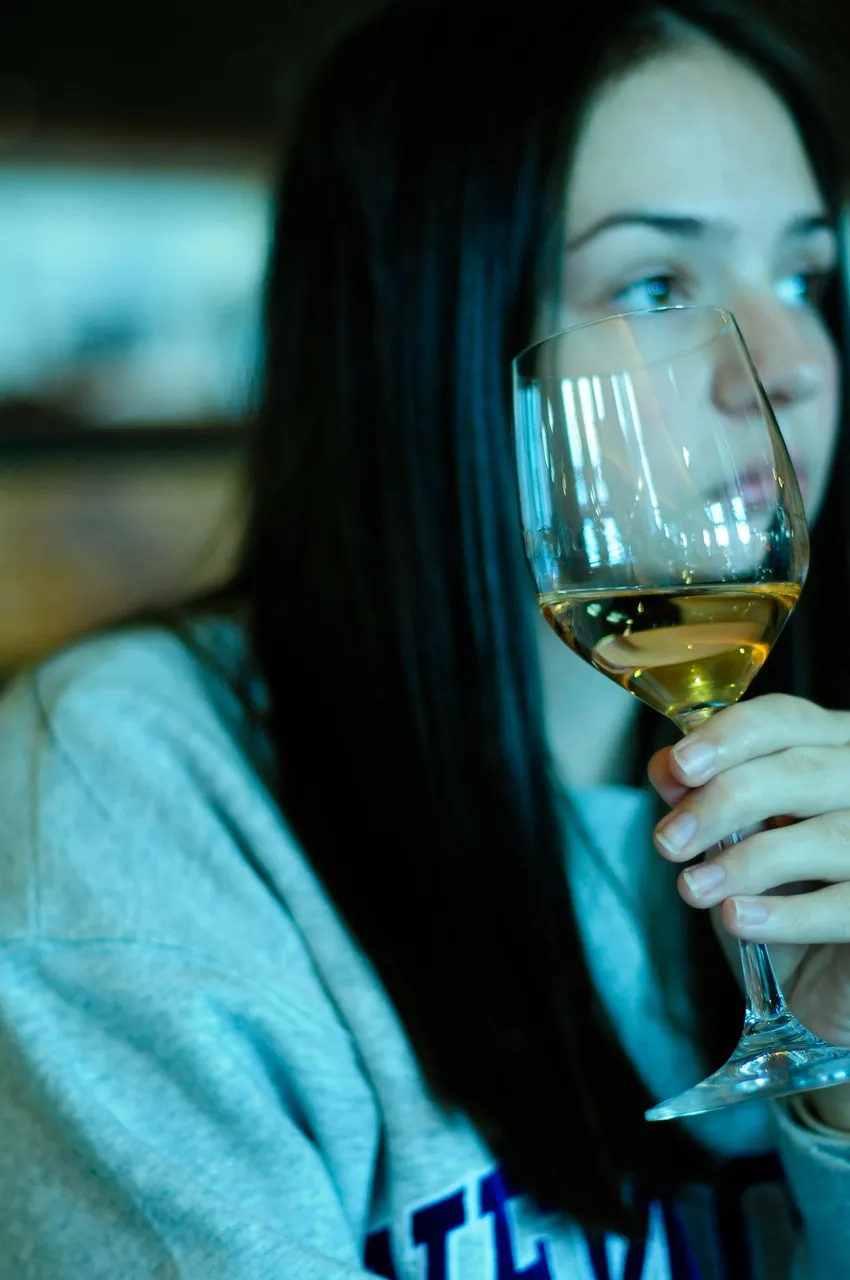
As noted, the restaurant and the tasting rooms try to use and incorporate as much of the local fynbos outside inside as well.
Above the chef's plating station, there are various dried-out plants from the area (see photograph below).
On most of the tables, they use protea flowers as decor.
And throughout the building, you are reminded of the various local fauna and flora, either through their art, dried-out materials used as decor, or books and information on the walls of these plants and animal species (some of the photographs below as well).
As we walked out, we also saw the strange-looking egg-shaped fermentation vessels. Looking back on worldmappin, a previous user also visited Waterkloof, giving their take on things. This serves as a nice little memory as I see they used wooden barrels back then. Much has changed since the other user made a pin so long ago! (I know for instance, that they closed down for a couple of years due to Covid and other financial issues. The lady who helped us noted that they only opened in March of 2024 again!)
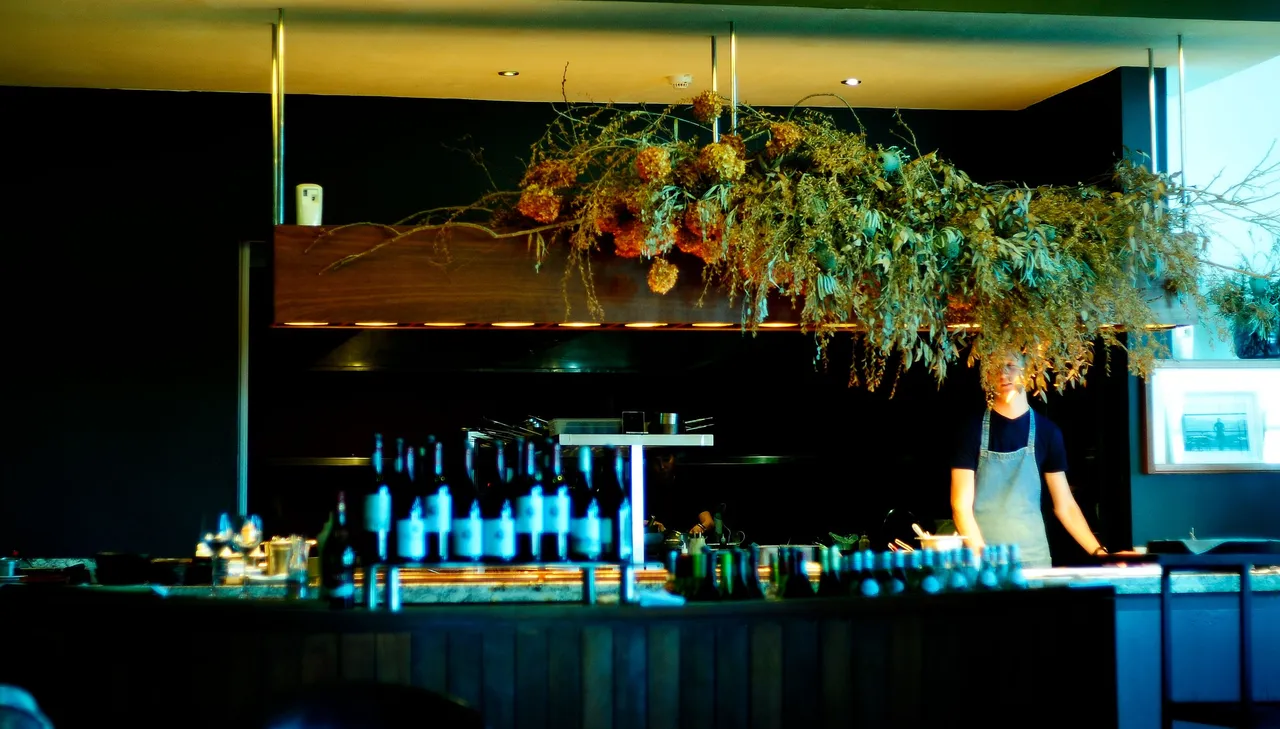
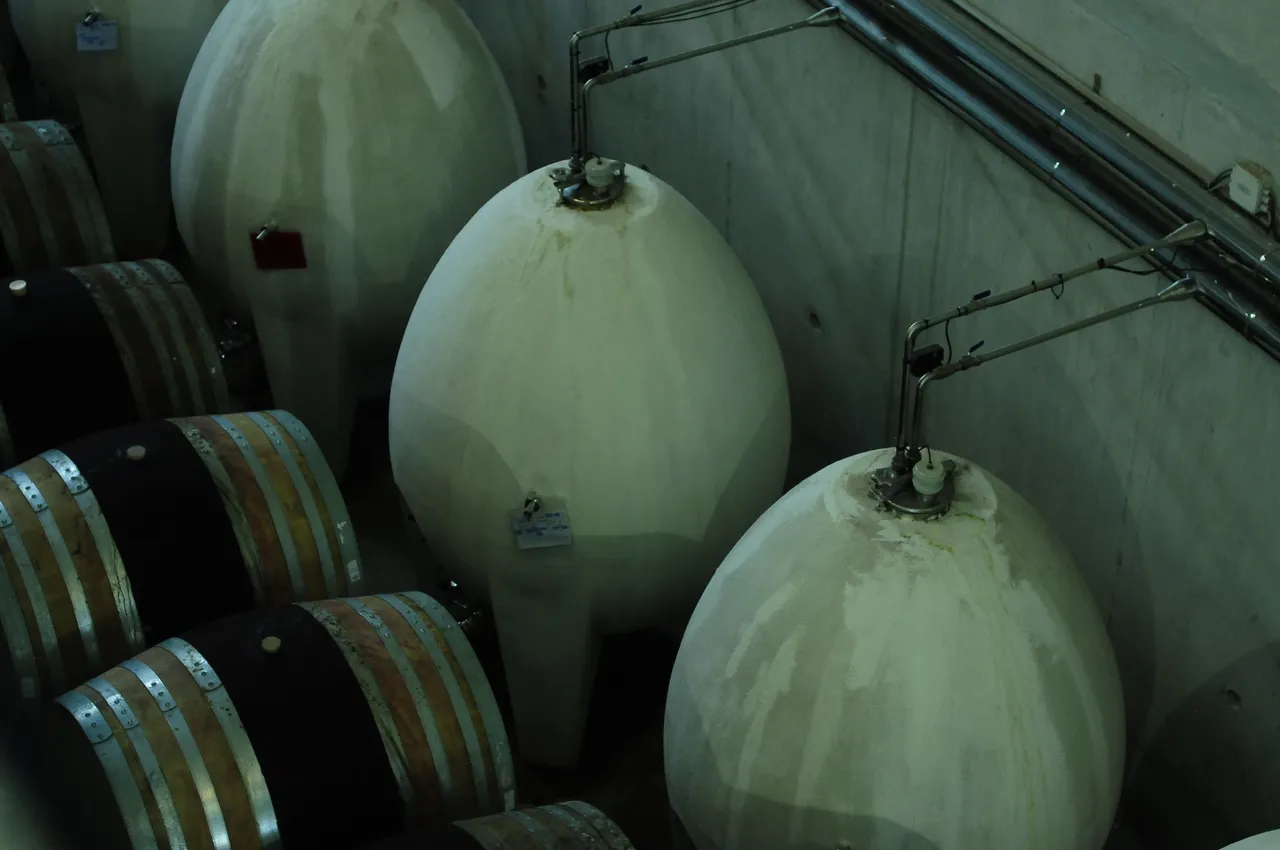
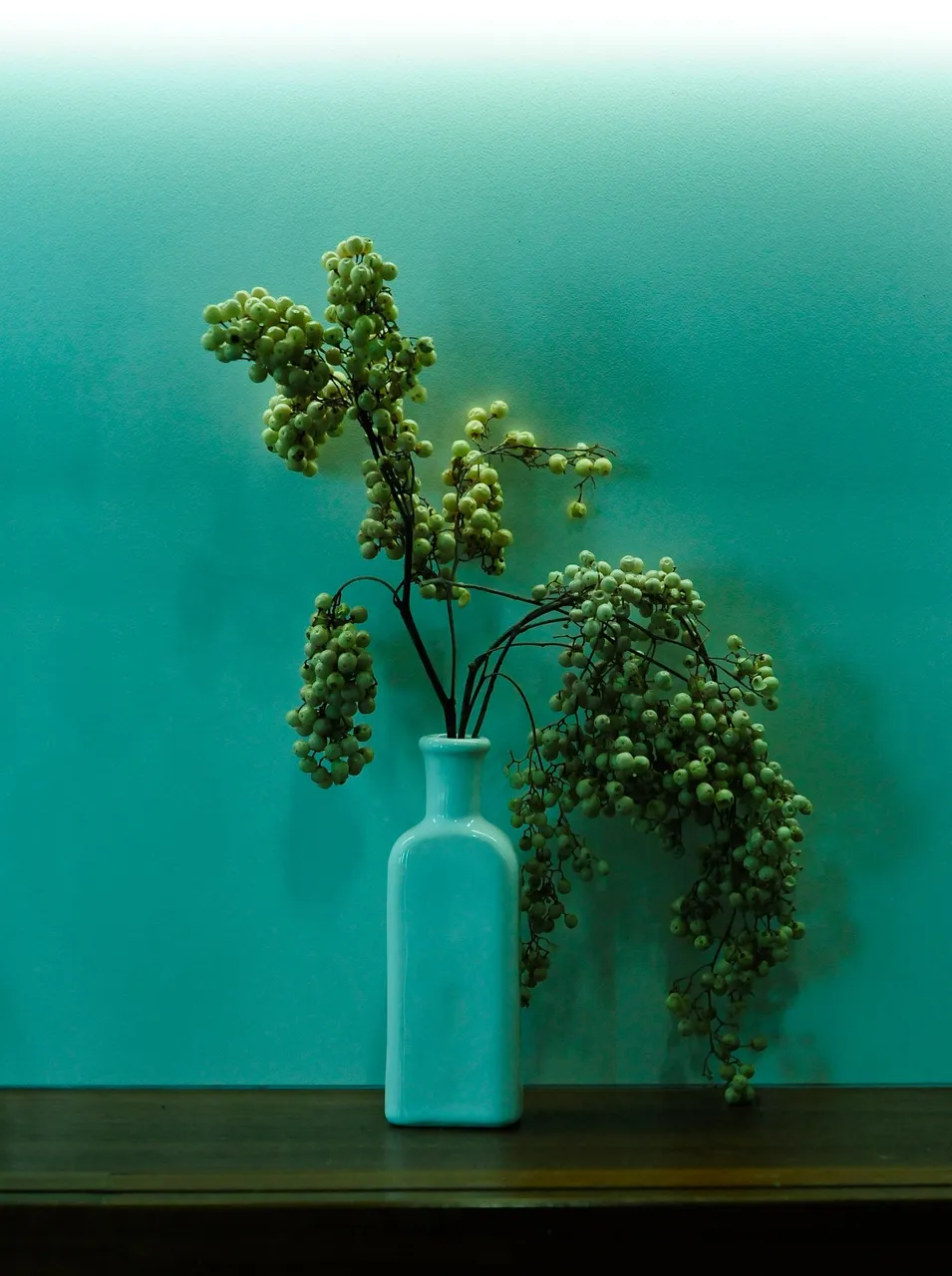
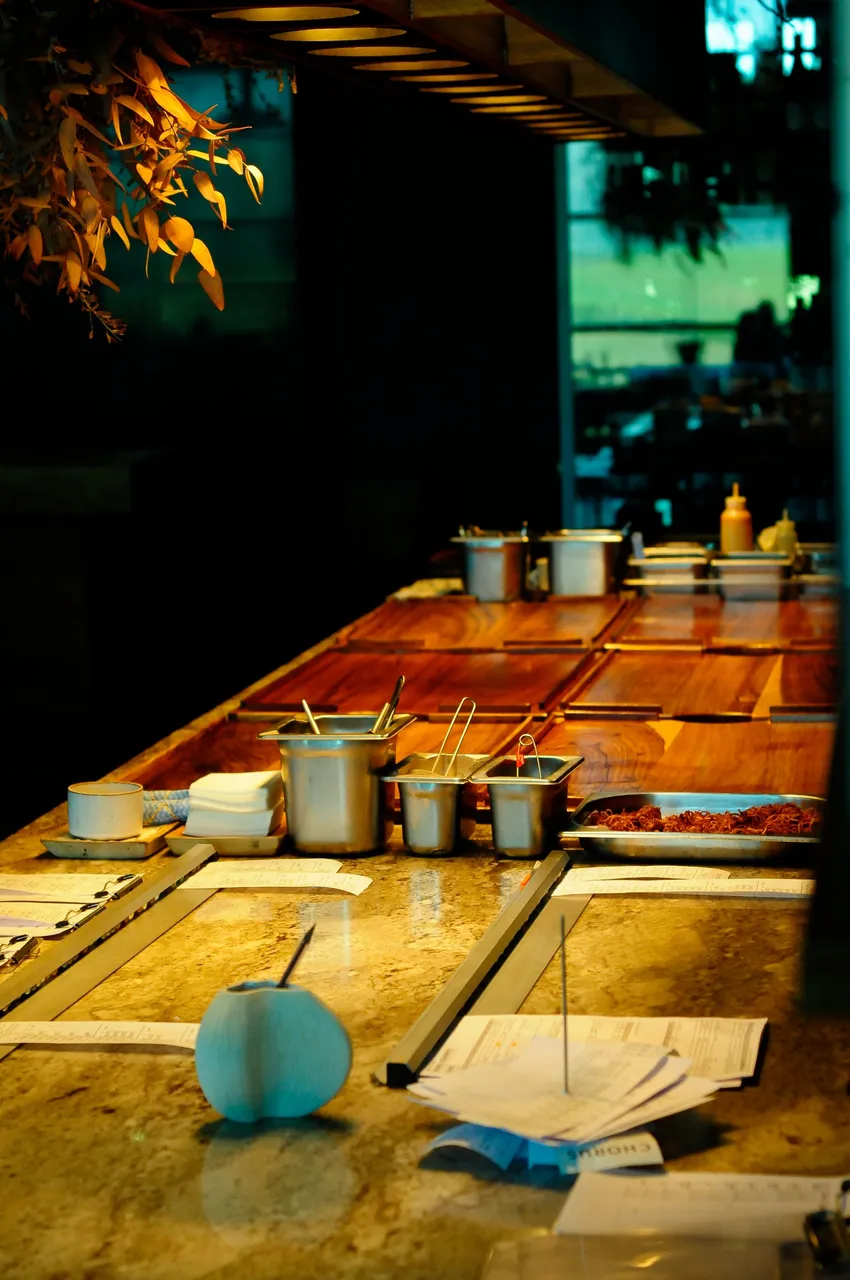
Leaving With Some Wine in Our Hands
We could not leave empty-handed, right? We needed to buy some of the delicious wine that was on offer! They have an incredible wine list, ranging from their main wines (the ones we tasted above), to smaller wineries that also make their wines there. (Or the winery itself makes the wine for them under different labels.)
My trusty model, @urban.scout, posed for me to take some wine-related photographs!

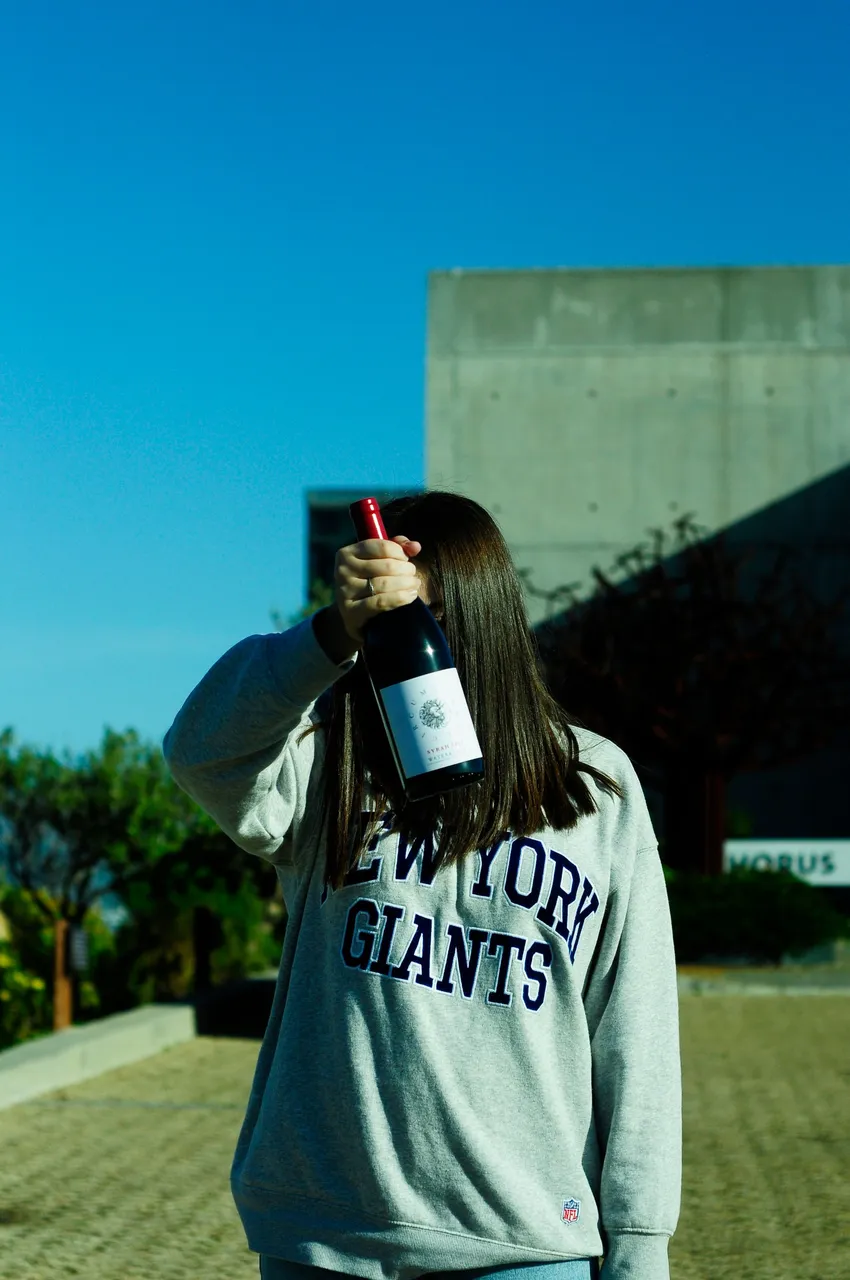
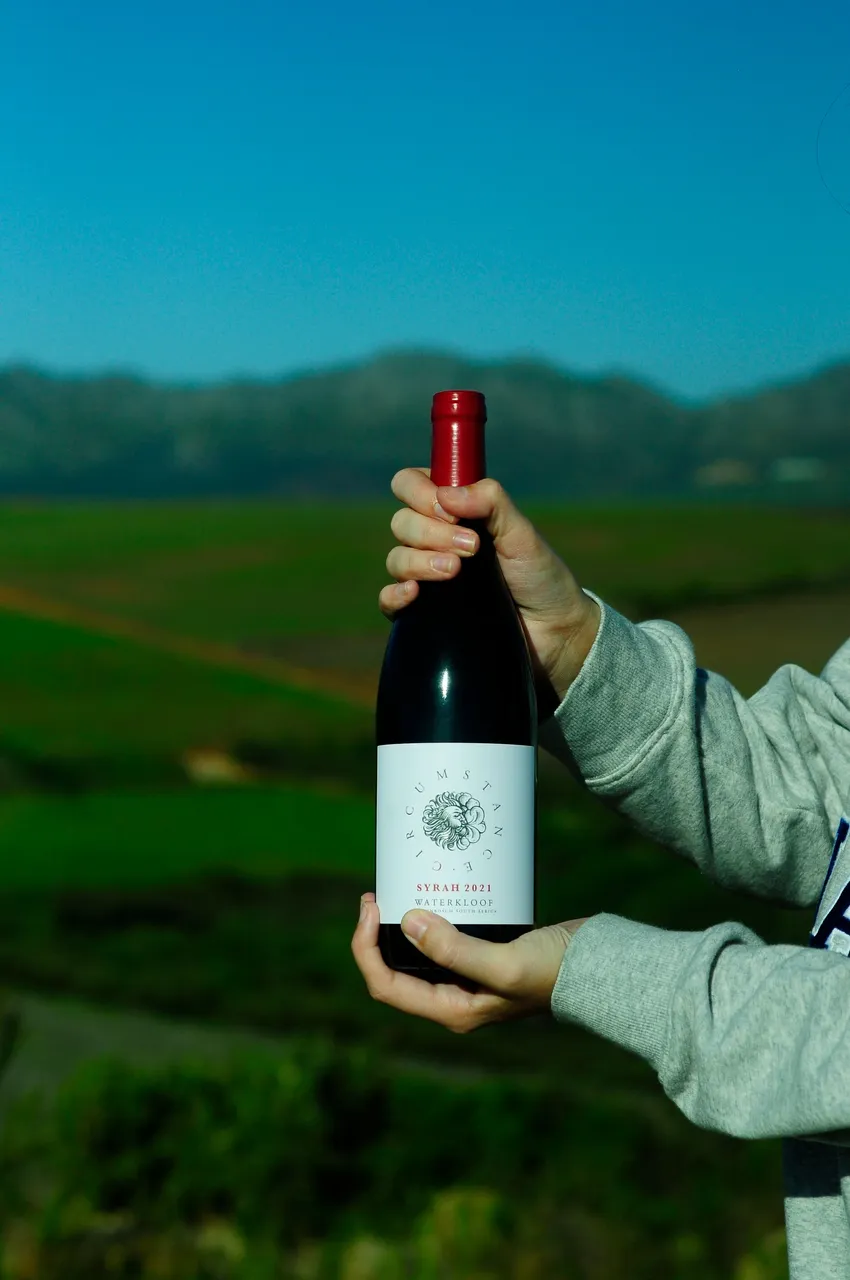
In the end, after a long expedition that resulted in getting some wine, and soaking up the beautiful views and nature elements, from local plants to fighting predatory birds to beautiful mountains, we were left exhausted but humble. We also felt inspired, to help nature regrow, to support locals, and to enjoy life!
I hope that you enjoyed this rather lengthy virtual journey with me!
Happy travelling, and keep well.
All of the writings and musings are my own, unless mentioned otherwise and hyperlinked. The photographs are my own, taken with my Nikon D300 (and the video with my iPhone).
